1. Use a plunger
A plunger is a simple and effective tool to unclog your kitchen sink drain. It works by creating suction and pressure to dislodge any blockages in the pipe. To use a plunger, place it over the drain and push down firmly, then pull up quickly to create suction. Repeat this motion a few times until the water starts to drain. For tougher clogs, you may need to use a plunger specifically designed for sinks, which has a smaller suction cup and can create more pressure.
2. Use a drain snake
If a plunger doesn't do the trick, a drain snake can be a useful tool for unclogging your sink drain. This tool consists of a long, flexible wire with a corkscrew-like end that can be inserted into the drain to break up and remove any blockages. Simply insert the snake into the drain and twist it while pushing it further into the pipe. Once you feel resistance, pull the snake out and dispose of any debris that may have been caught on the end.
3. Pour boiling water down the drain
For minor clogs, simply pouring boiling water down the drain can help loosen and flush away any built-up grease or debris. Fill a pot with water and bring it to a boil, then carefully pour it down the drain. You can also add some dish soap or vinegar to the boiling water for extra cleaning power.
4. Use a mixture of baking soda and vinegar
This natural and environmentally-friendly method can help unclog your kitchen sink drain without the use of harsh chemicals. Start by pouring 1/2 cup of baking soda down the drain, followed by 1/2 cup of vinegar. The chemical reaction between the two will create fizzing, which can help break up any blockages. Let the mixture sit for about 15 minutes, then pour boiling water down the drain to flush away the debris.
5. Try a commercial drain cleaner
If the clog is stubborn and won't budge with natural methods, you may need to use a commercial drain cleaner. These products contain chemicals that can dissolve and break down clogs, but they should be used with caution and according to the instructions on the packaging. Be sure to wear gloves and protect your eyes when handling these products.
6. Remove and clean the P-trap
The P-trap is the curved pipe underneath your sink that traps debris and prevents it from entering your plumbing system. If you suspect the clog is located in the P-trap, you can remove it and clean it out to unclog your kitchen sink drain. Place a bucket or bowl under the P-trap to catch any water, then use a wrench to loosen the fittings and remove the trap. Clean out any debris and reattach the trap, making sure it is tightly sealed.
7. Use a wet/dry vacuum
If you have a wet/dry vacuum, you can use it to help unclog your kitchen sink drain. Set the vacuum to the wet setting and cover the vent with a cloth to create suction. Place the end of the hose over the drain and turn the vacuum on. The suction should be strong enough to pull out any debris causing the clog.
8. Try a homemade drain cleaner with salt and baking soda
Another natural and effective homemade drain cleaner is a mixture of salt and baking soda. Mix 1/2 cup of each and pour it down the drain, followed by a pot of boiling water. The combination of salt and baking soda can help break down and dissolve clogs, while also deodorizing your drain.
9. Use a wire hanger to remove clogs
If you don't have a drain snake, a wire hanger can be a handy alternative for unclogging your kitchen sink drain. Straighten out the hanger and bend one end into a small hook. Insert the hook into the drain and use it to pull out any debris that may be causing the clog. Be sure to wear gloves and dispose of any debris properly.
10. Call a professional plumber
If all else fails and you are unable to unclog your kitchen sink drain, it may be time to call in a professional plumber. They have the tools and expertise to handle tough clogs and ensure your plumbing system is functioning properly. It's always better to seek professional help than risk causing further damage to your pipes.
With these 10 methods, you can easily unclog your kitchen sink drain and get your sink back to working properly. Remember to regularly maintain your drains by avoiding pouring grease and food scraps down the drain, and using a drain cover to catch any debris. By keeping your drains clean and clear, you can prevent future clogs and save yourself from the hassle of dealing with a backed-up sink.
Preventative Measures to Avoid Clogged Kitchen Sink Drains

Invest in a Sink Strainer
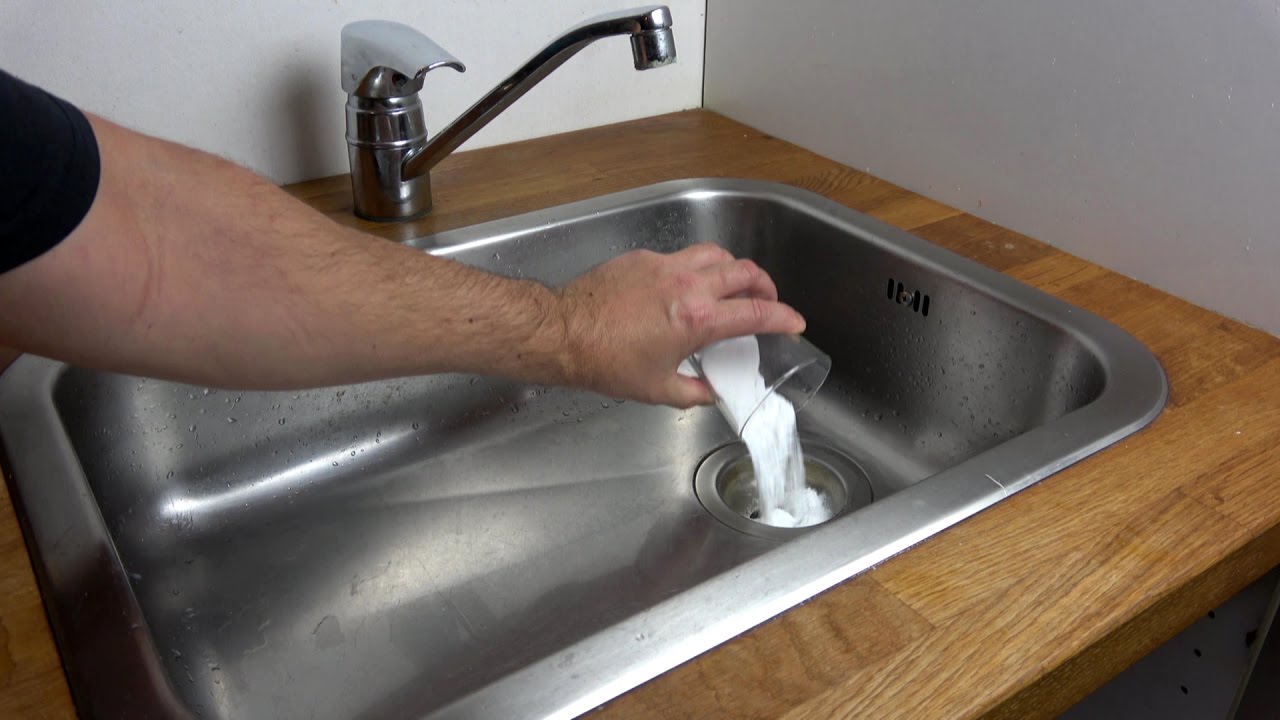 One of the easiest ways to prevent your kitchen sink drain from getting clogged is by investing in a sink strainer. These small mesh screens fit over your sink's drain and catch any food particles, grease, or other debris that may potentially clog your pipes. Simply remove the strainer and empty it into the trash when it is full. This simple step can save you the hassle of dealing with a clogged drain in the future.
One of the easiest ways to prevent your kitchen sink drain from getting clogged is by investing in a sink strainer. These small mesh screens fit over your sink's drain and catch any food particles, grease, or other debris that may potentially clog your pipes. Simply remove the strainer and empty it into the trash when it is full. This simple step can save you the hassle of dealing with a clogged drain in the future.
Be Mindful of What Goes Down the Drain
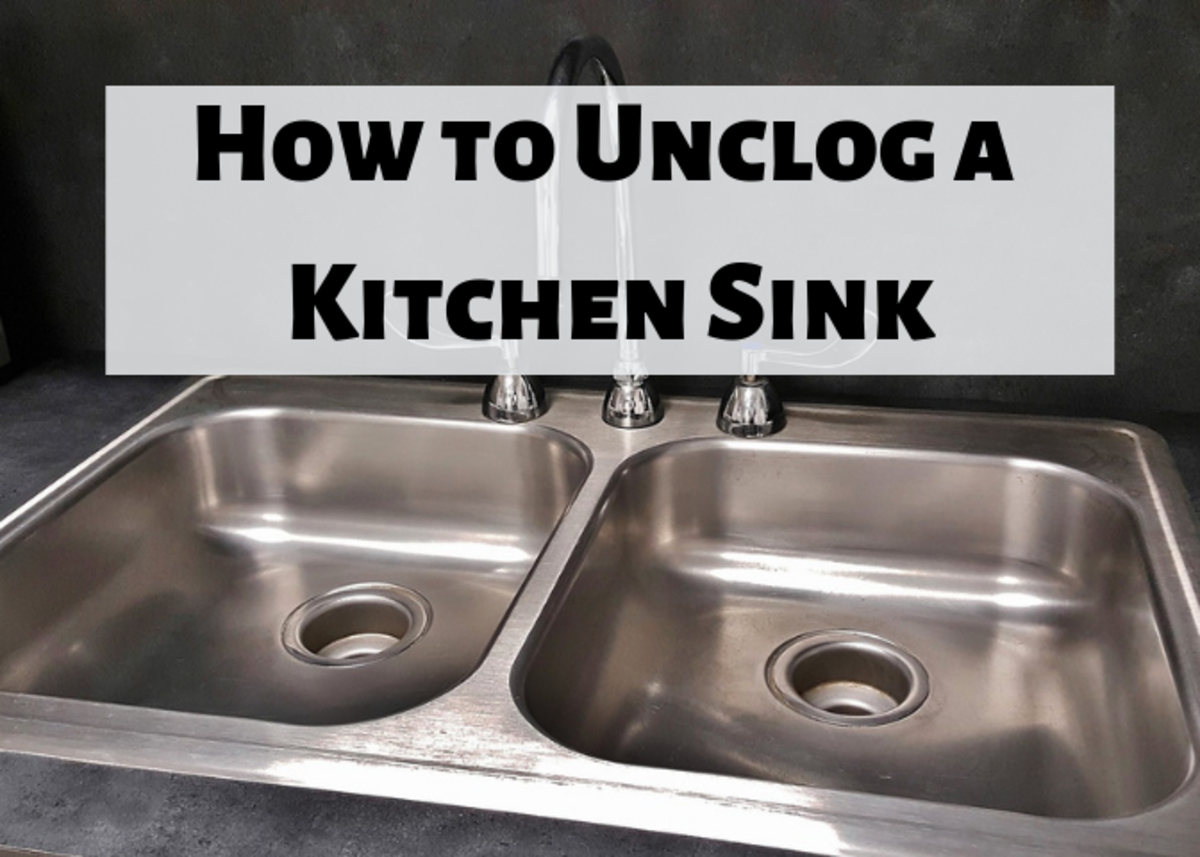 Another way to prevent clogs in your kitchen sink drain is by being mindful of what you put down it.
Avoid pouring grease, oil, or coffee grounds down the drain
as these can solidify and cause blockages. Additionally, try to
scrape food scraps into the trash
instead of rinsing them down the drain. By being conscious of what goes down your sink, you can prevent clogs and keep your pipes running smoothly.
Another way to prevent clogs in your kitchen sink drain is by being mindful of what you put down it.
Avoid pouring grease, oil, or coffee grounds down the drain
as these can solidify and cause blockages. Additionally, try to
scrape food scraps into the trash
instead of rinsing them down the drain. By being conscious of what goes down your sink, you can prevent clogs and keep your pipes running smoothly.
Regularly Clean Your Garbage Disposal
 If your kitchen sink has a garbage disposal, it is important to
clean and maintain it regularly
to prevent clogs in your drain. One simple way to clean your garbage disposal is by
pouring a mixture of hot water and dish soap down the drain
and running the disposal for a few minutes. This will help break down any buildup and keep your disposal functioning properly.
If your kitchen sink has a garbage disposal, it is important to
clean and maintain it regularly
to prevent clogs in your drain. One simple way to clean your garbage disposal is by
pouring a mixture of hot water and dish soap down the drain
and running the disposal for a few minutes. This will help break down any buildup and keep your disposal functioning properly.
Use Baking Soda and Vinegar
 For a natural and effective way to unclog your kitchen sink drain, try using a mixture of baking soda and vinegar. Simply
pour a cup of baking soda down the drain followed by a cup of vinegar
. The resulting chemical reaction can help dissolve any buildup and clear your drain. Let it sit for a few minutes before rinsing with hot water.
For a natural and effective way to unclog your kitchen sink drain, try using a mixture of baking soda and vinegar. Simply
pour a cup of baking soda down the drain followed by a cup of vinegar
. The resulting chemical reaction can help dissolve any buildup and clear your drain. Let it sit for a few minutes before rinsing with hot water.
Try a Plunger
 If your kitchen sink is clogged, a plunger can be a useful tool to help dislodge any blockages.
Place the plunger over the drain and push and pull several times
to create suction and hopefully loosen the clog. This method may take a few tries, but it can be an effective way to unclog your kitchen sink drain.
If your kitchen sink is clogged, a plunger can be a useful tool to help dislodge any blockages.
Place the plunger over the drain and push and pull several times
to create suction and hopefully loosen the clog. This method may take a few tries, but it can be an effective way to unclog your kitchen sink drain.
Use a Plumbing Snake
 For more stubborn clogs, a plumbing snake or auger can be used to clear the blockage.
Insert the snake into the drain
and twist and push until you feel the clog break apart. Then, run hot water down the drain to flush out any remaining debris.
For more stubborn clogs, a plumbing snake or auger can be used to clear the blockage.
Insert the snake into the drain
and twist and push until you feel the clog break apart. Then, run hot water down the drain to flush out any remaining debris.
Call a Professional
 If all else fails, it may be time to call a professional plumber to assist with your clogged kitchen sink drain. They have the proper tools and expertise to safely and effectively clear your drain and get your sink back to working properly.
By following these preventative measures and trying some of these unclogging methods, you can keep your kitchen sink drain clear and avoid the inconvenience and expense of a clogged pipe. Remember to always be cautious of what goes down your drain and regularly maintain your sink to prevent future clogs.
If all else fails, it may be time to call a professional plumber to assist with your clogged kitchen sink drain. They have the proper tools and expertise to safely and effectively clear your drain and get your sink back to working properly.
By following these preventative measures and trying some of these unclogging methods, you can keep your kitchen sink drain clear and avoid the inconvenience and expense of a clogged pipe. Remember to always be cautious of what goes down your drain and regularly maintain your sink to prevent future clogs.

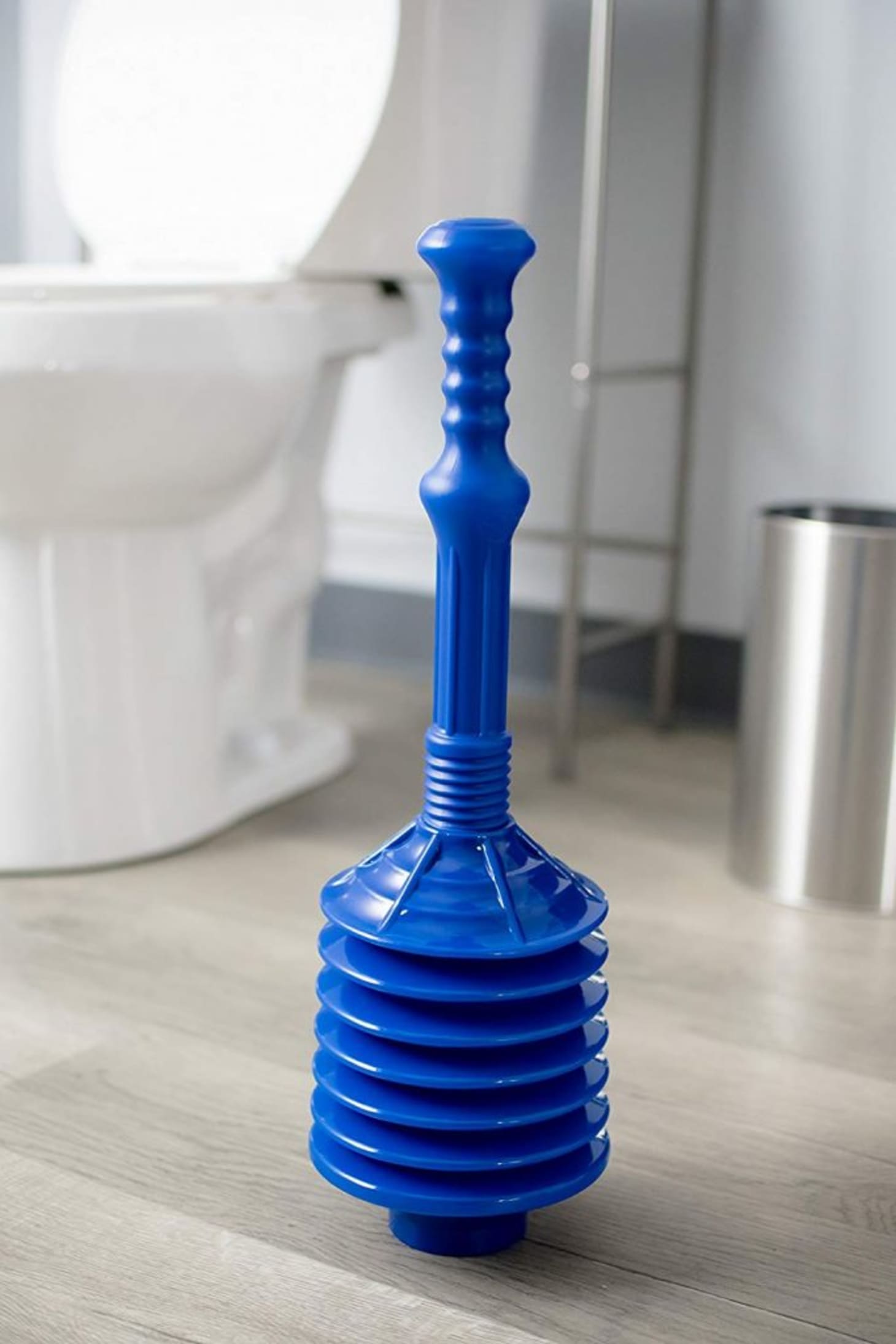
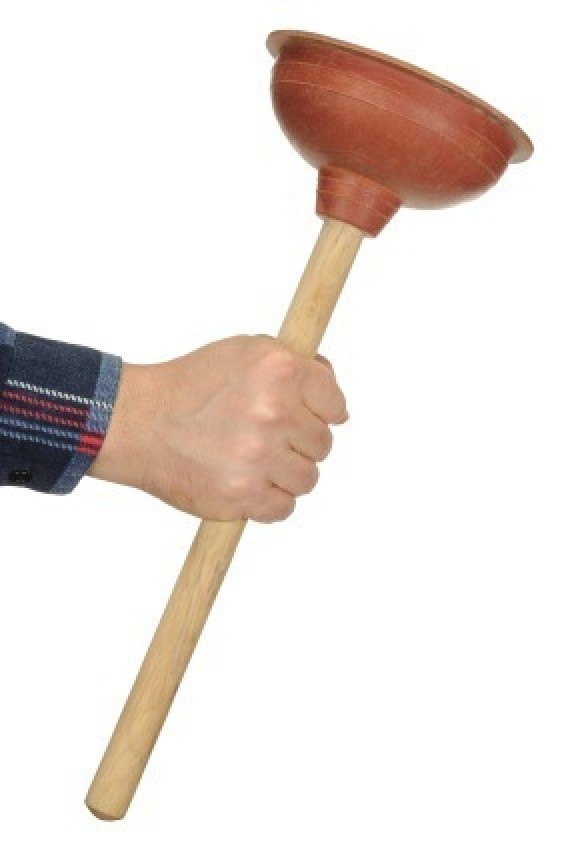
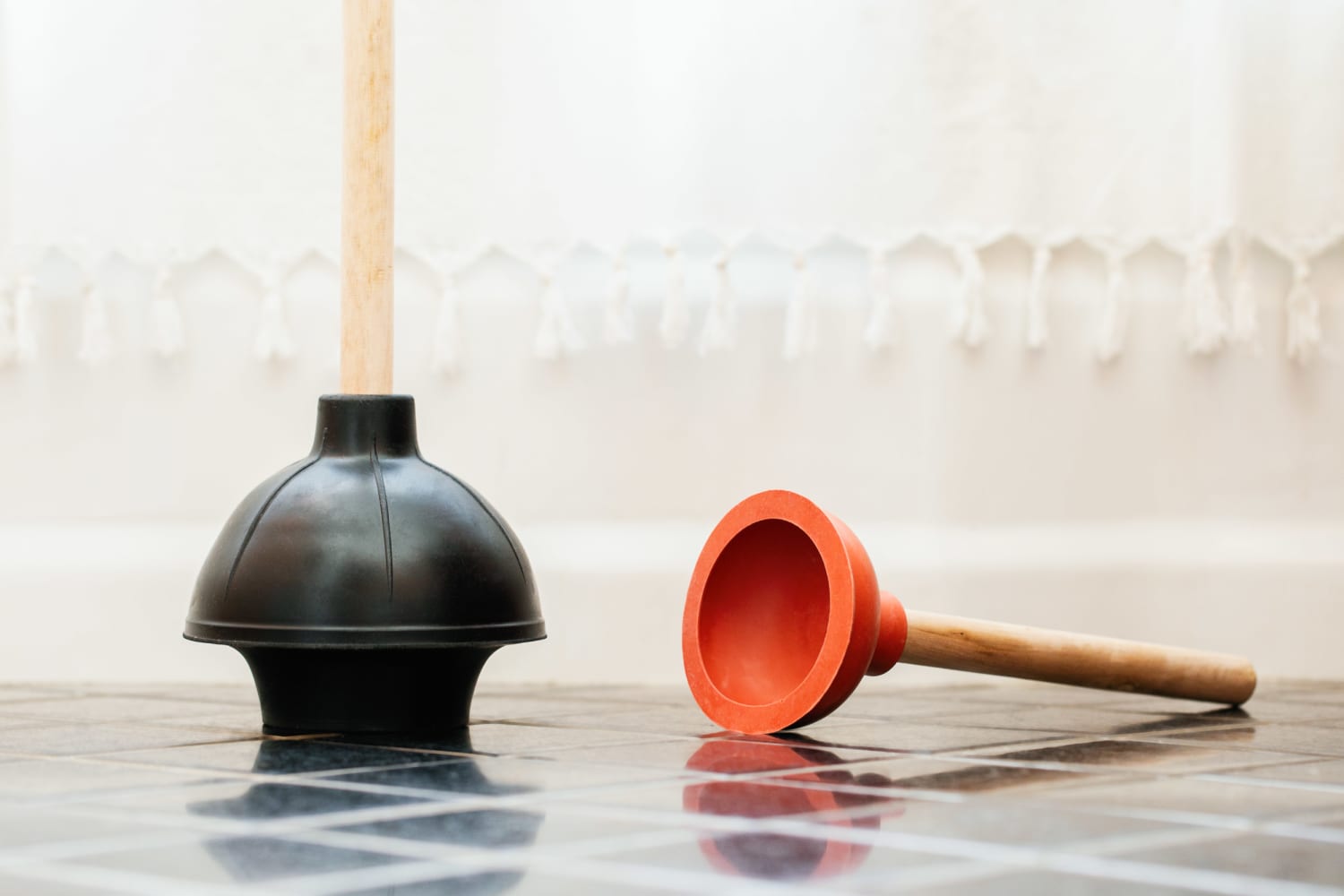

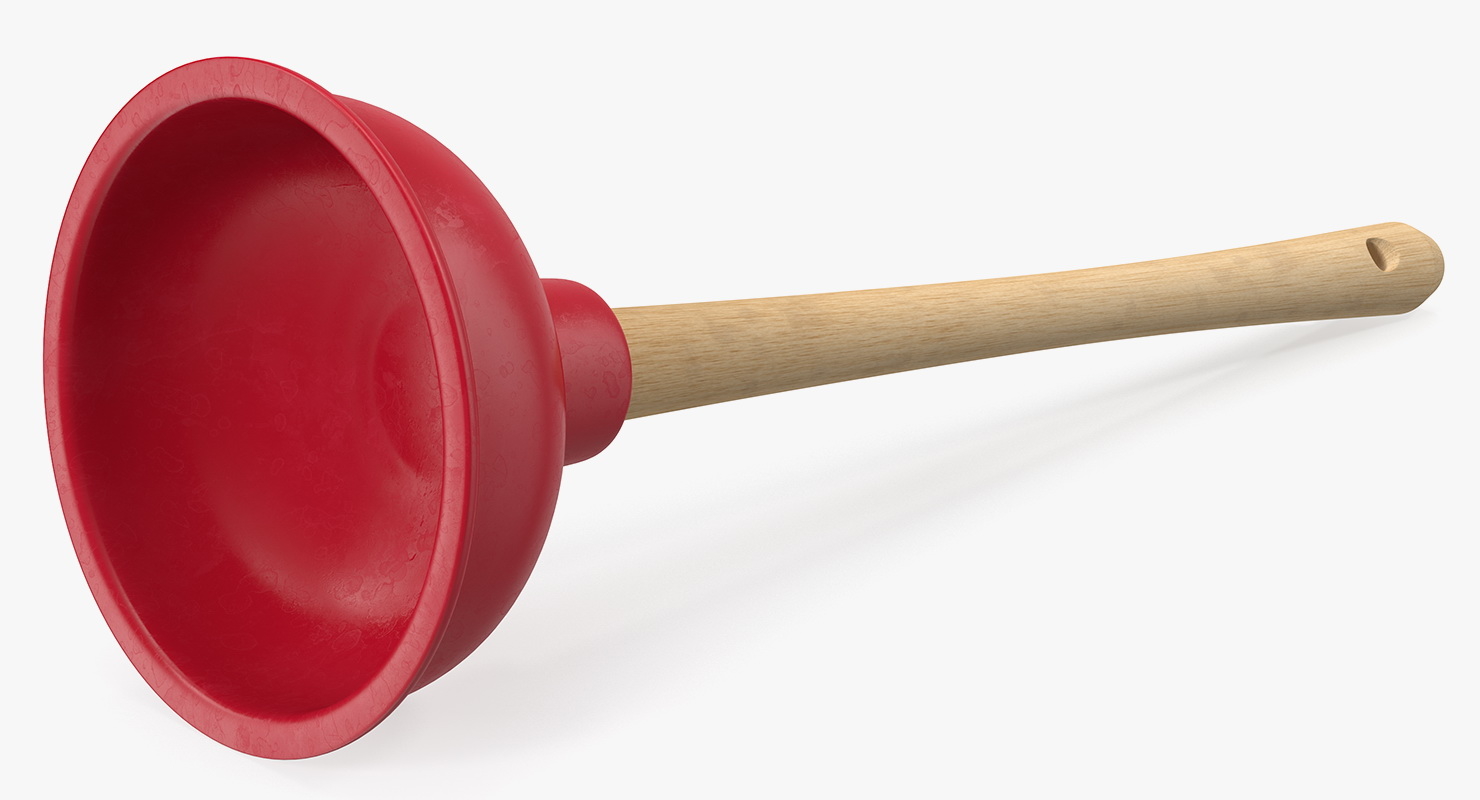
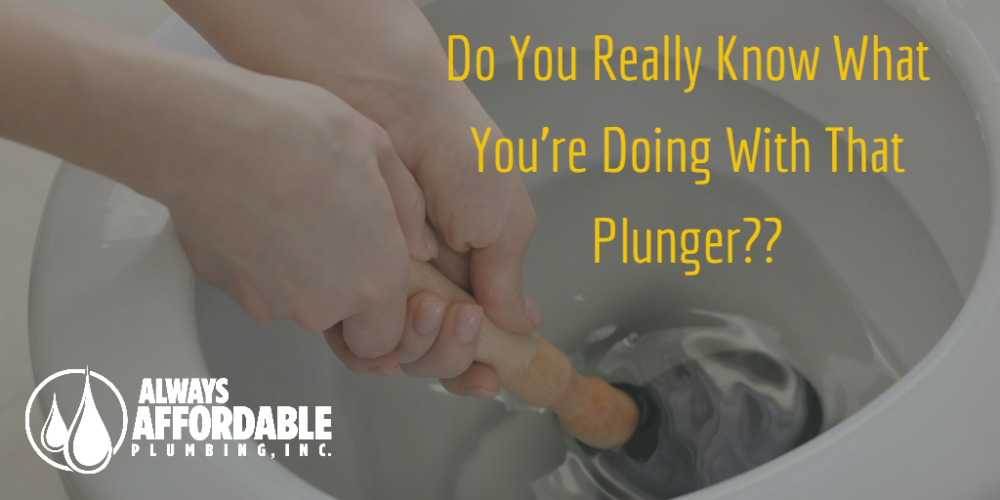
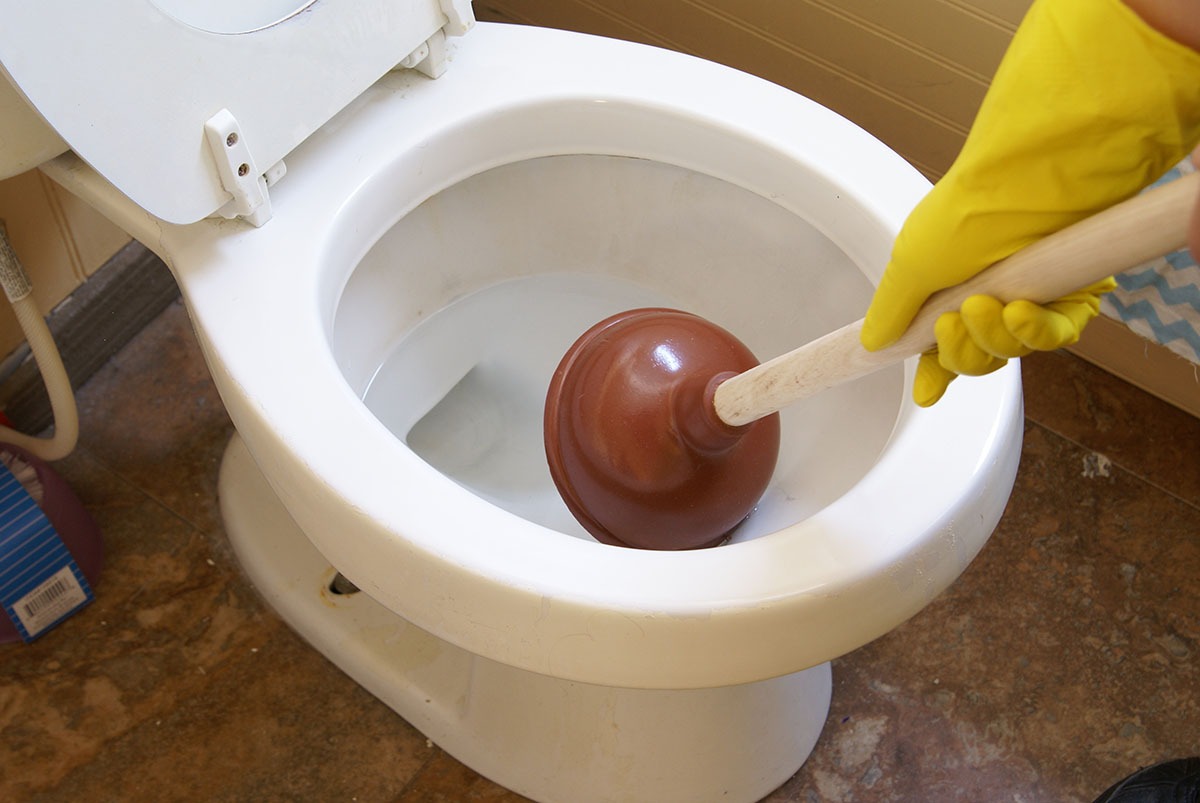






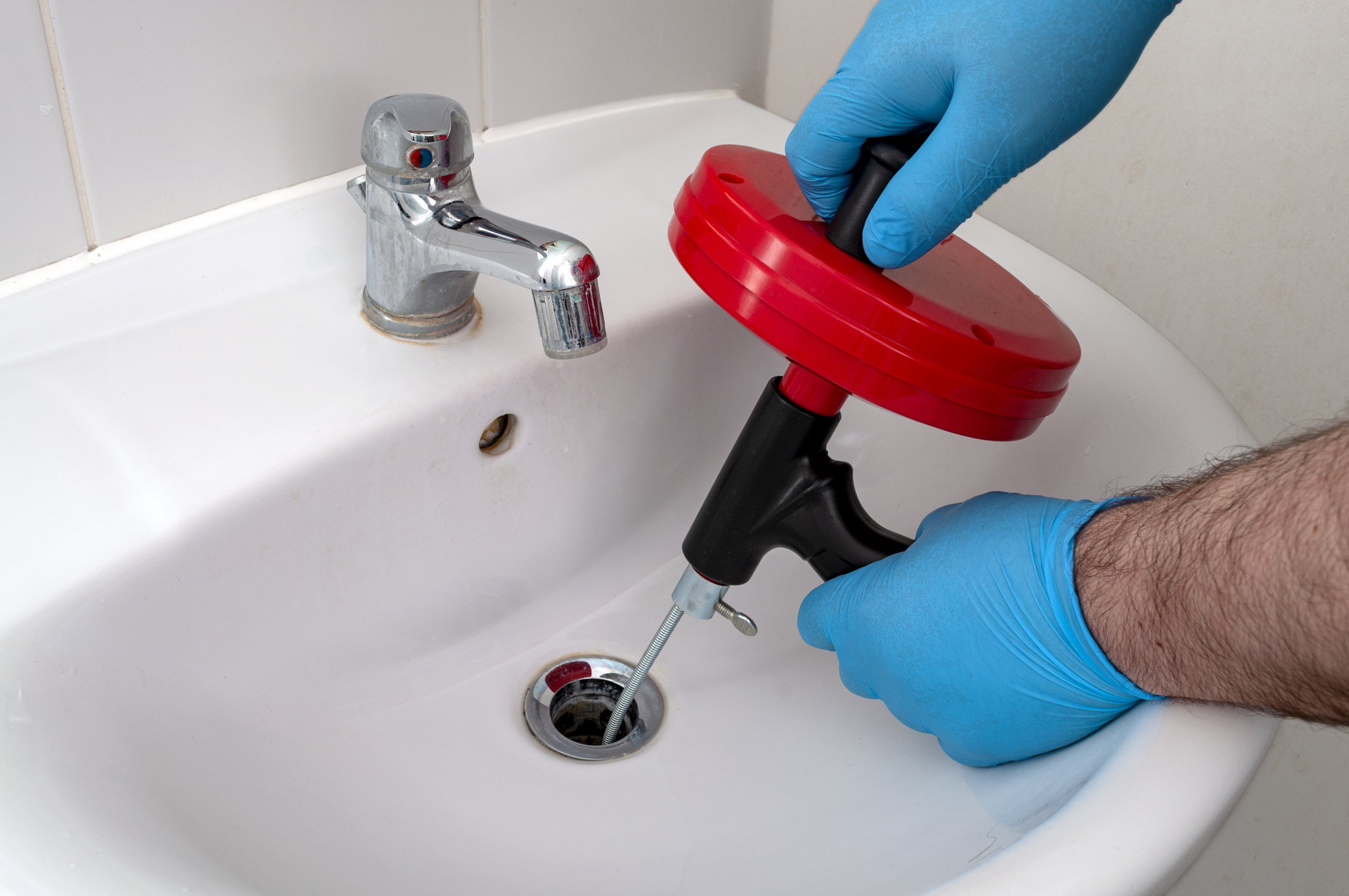
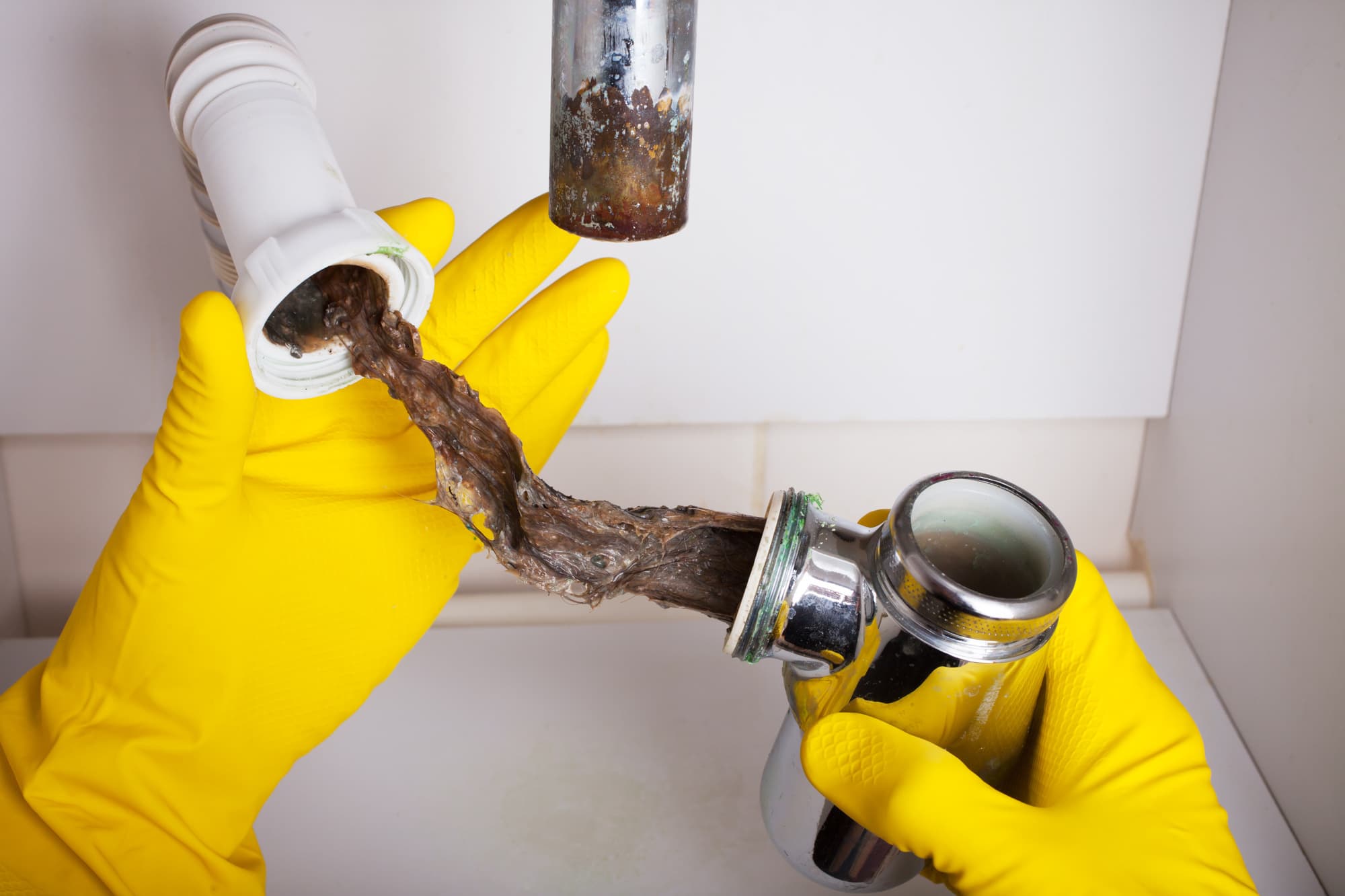


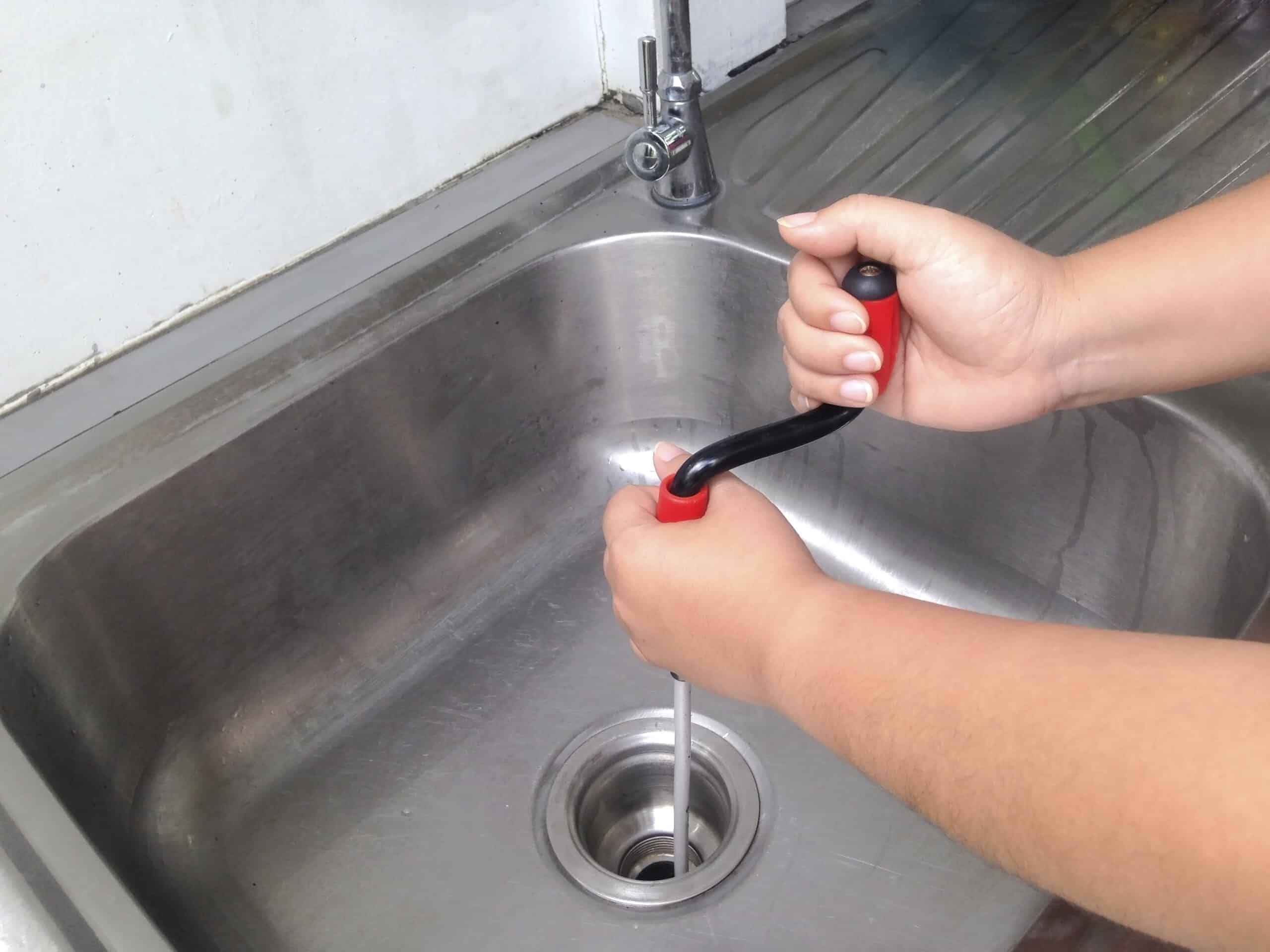

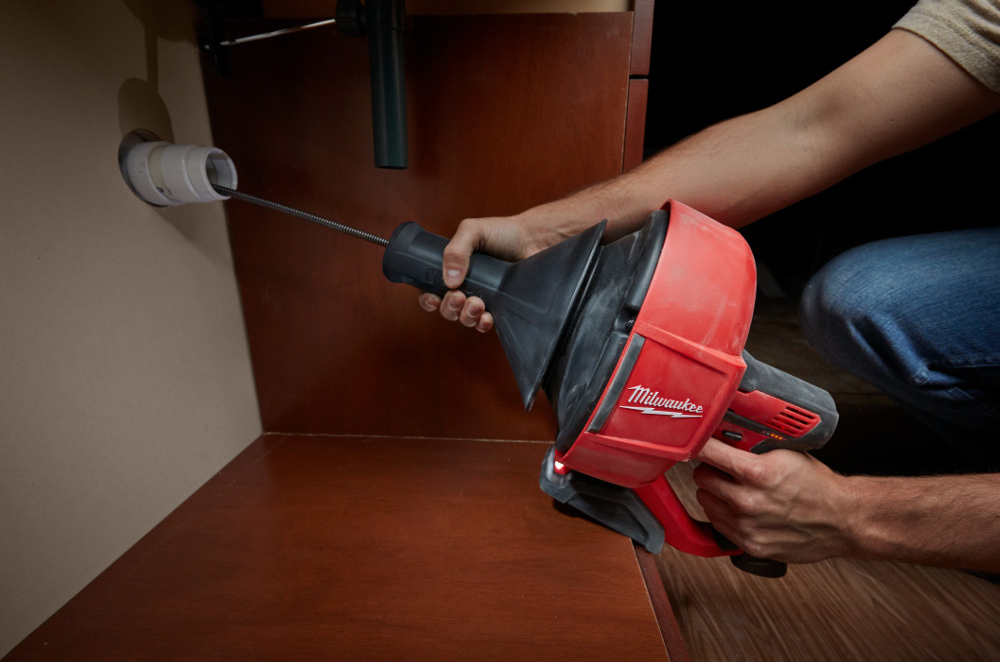


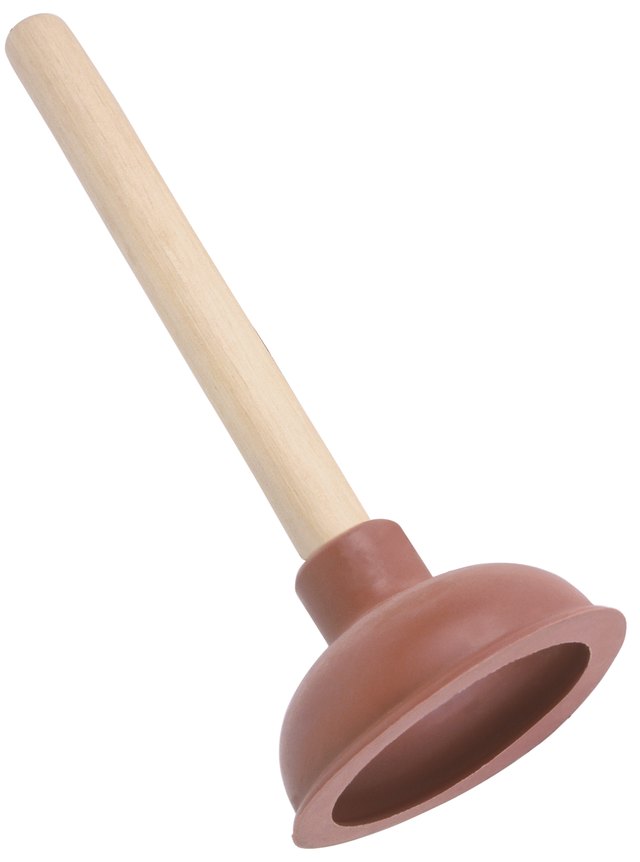
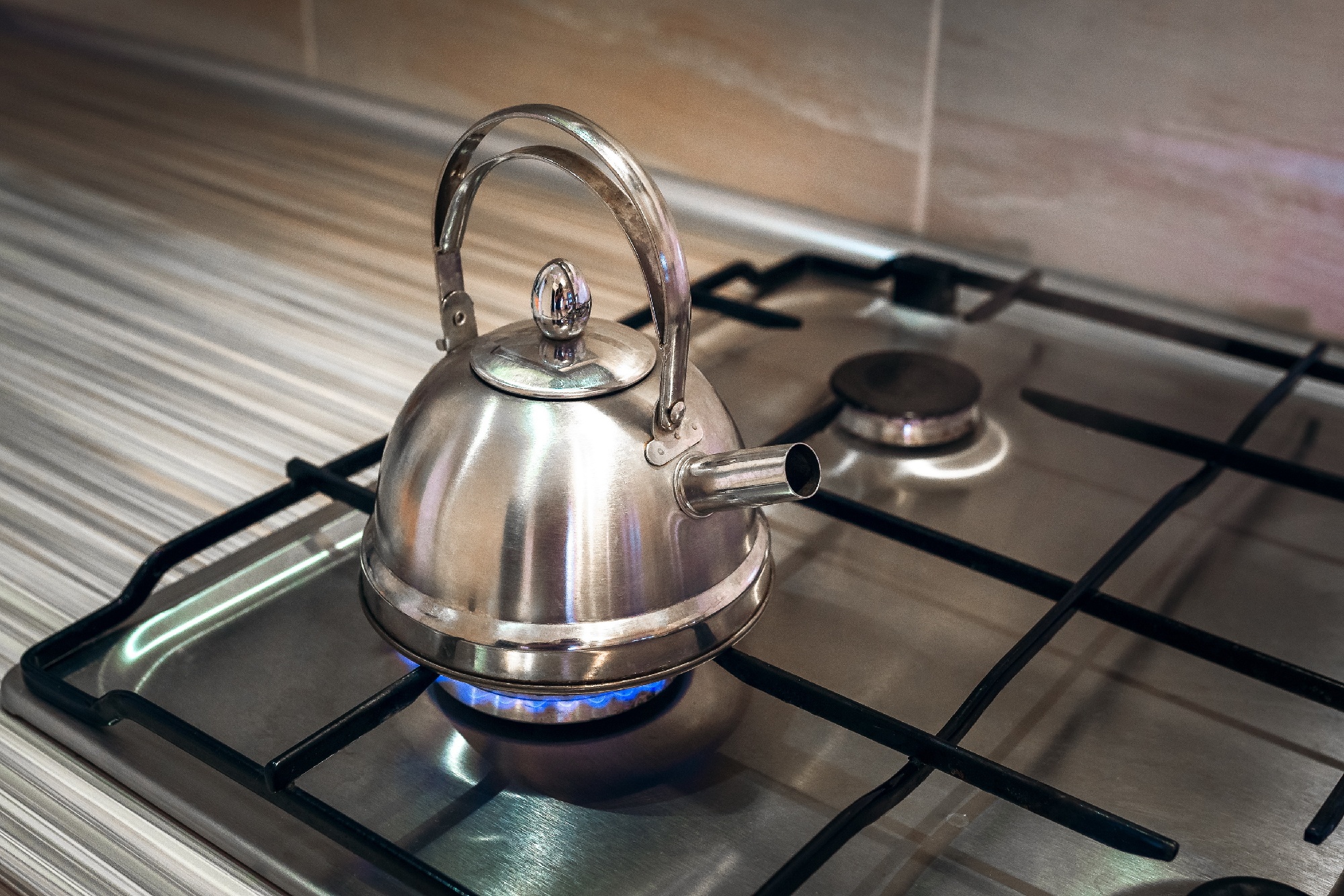
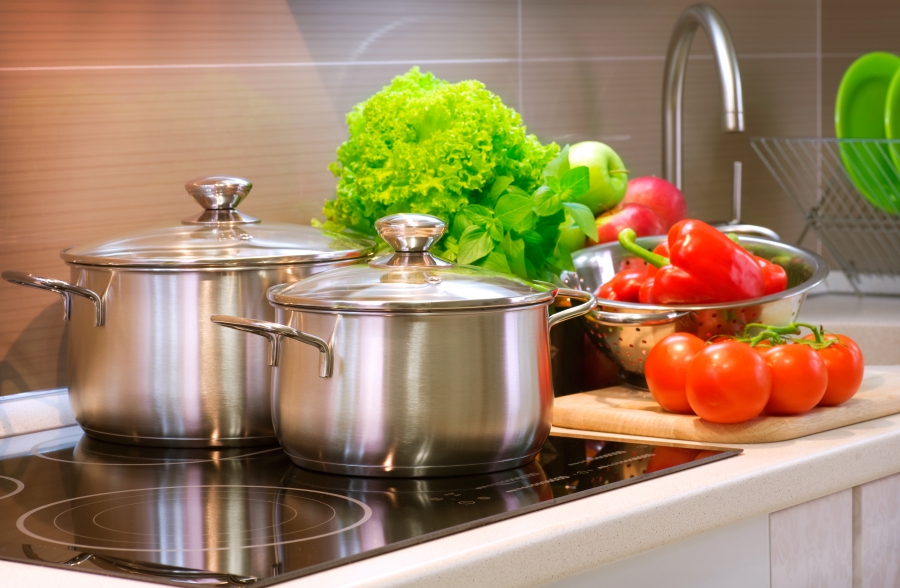
:max_bytes(150000):strip_icc()/GettyImages-1459148353-279aed56a15749c2a7310a882dbe3571.jpg)


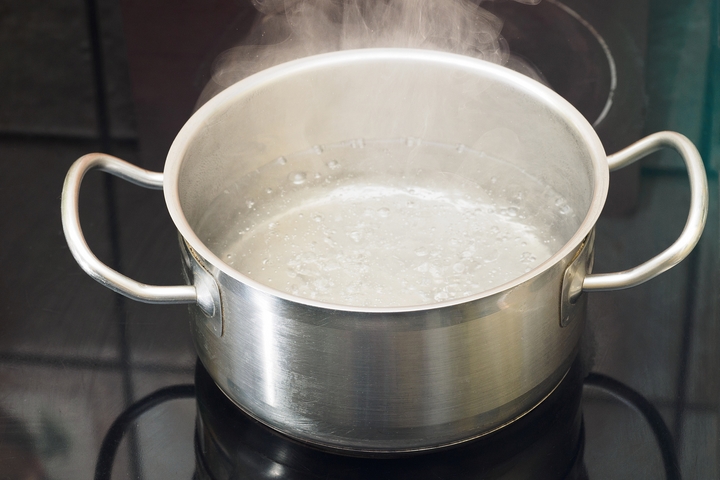
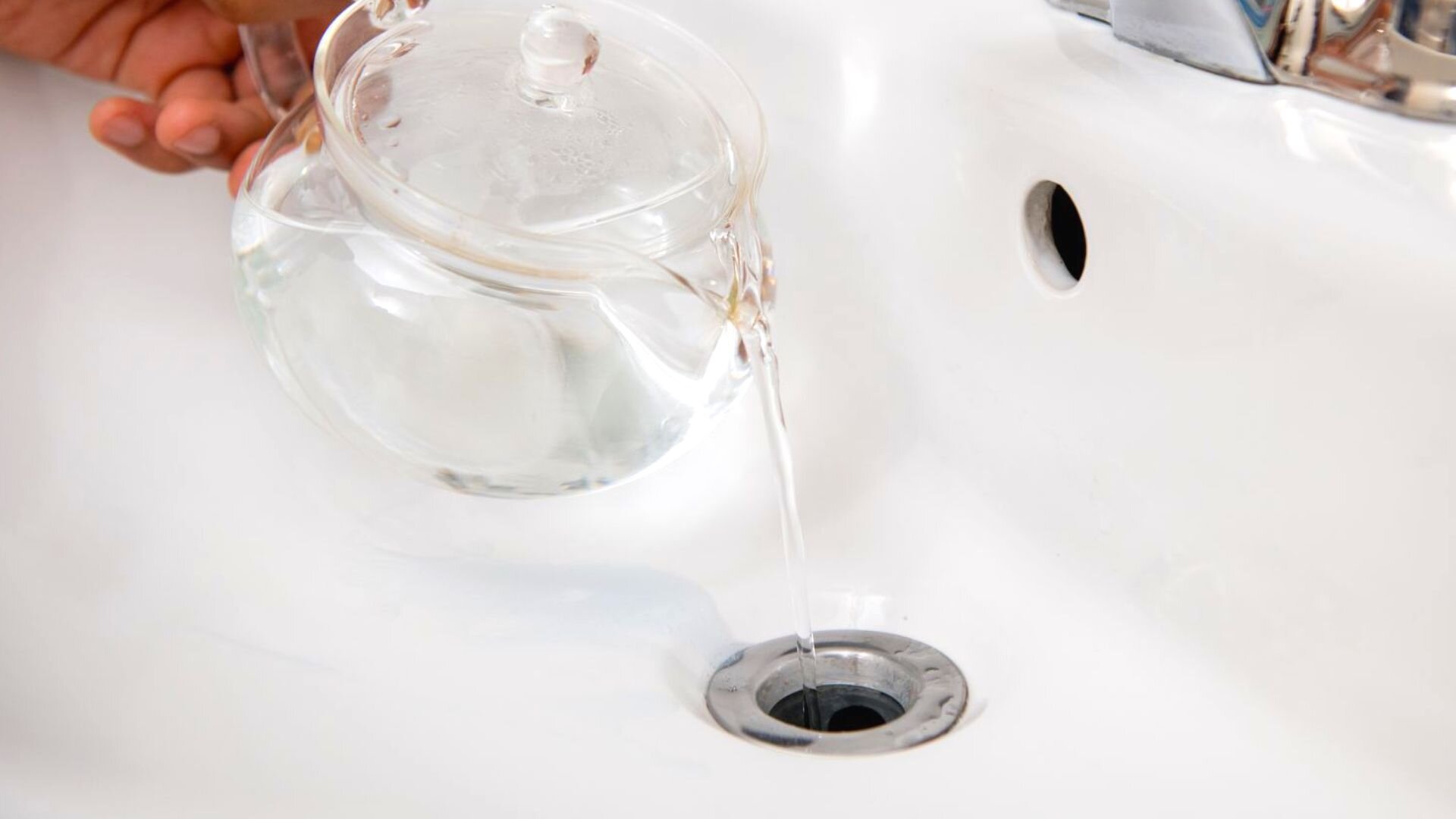

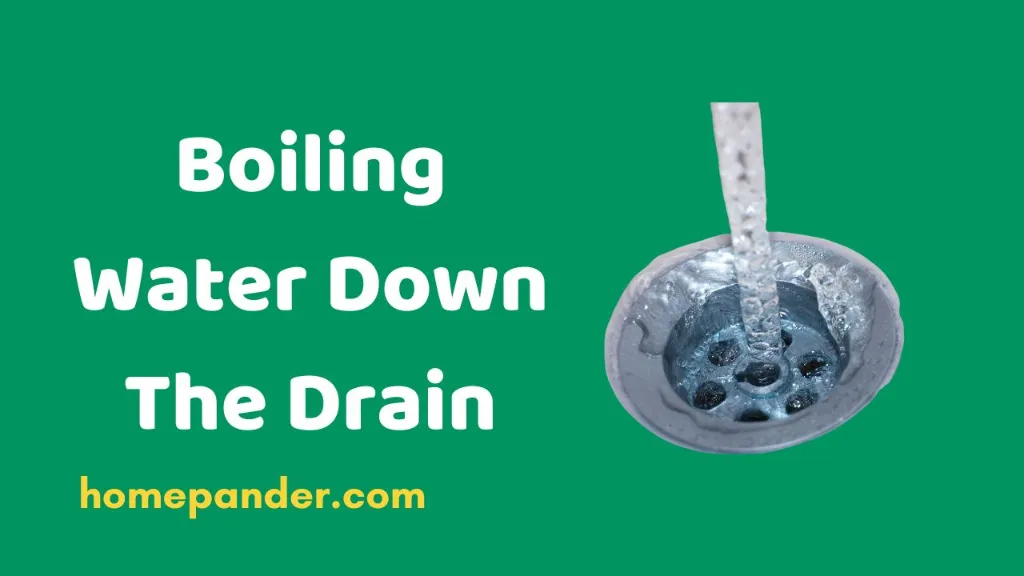
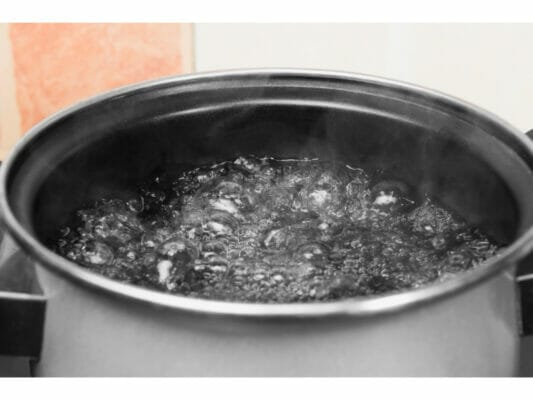



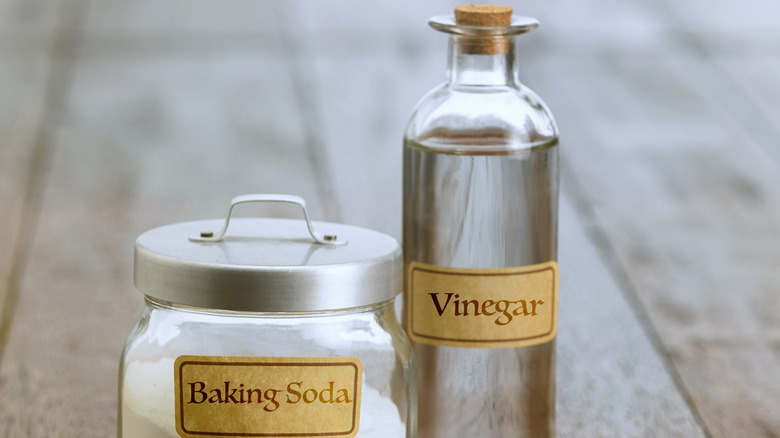
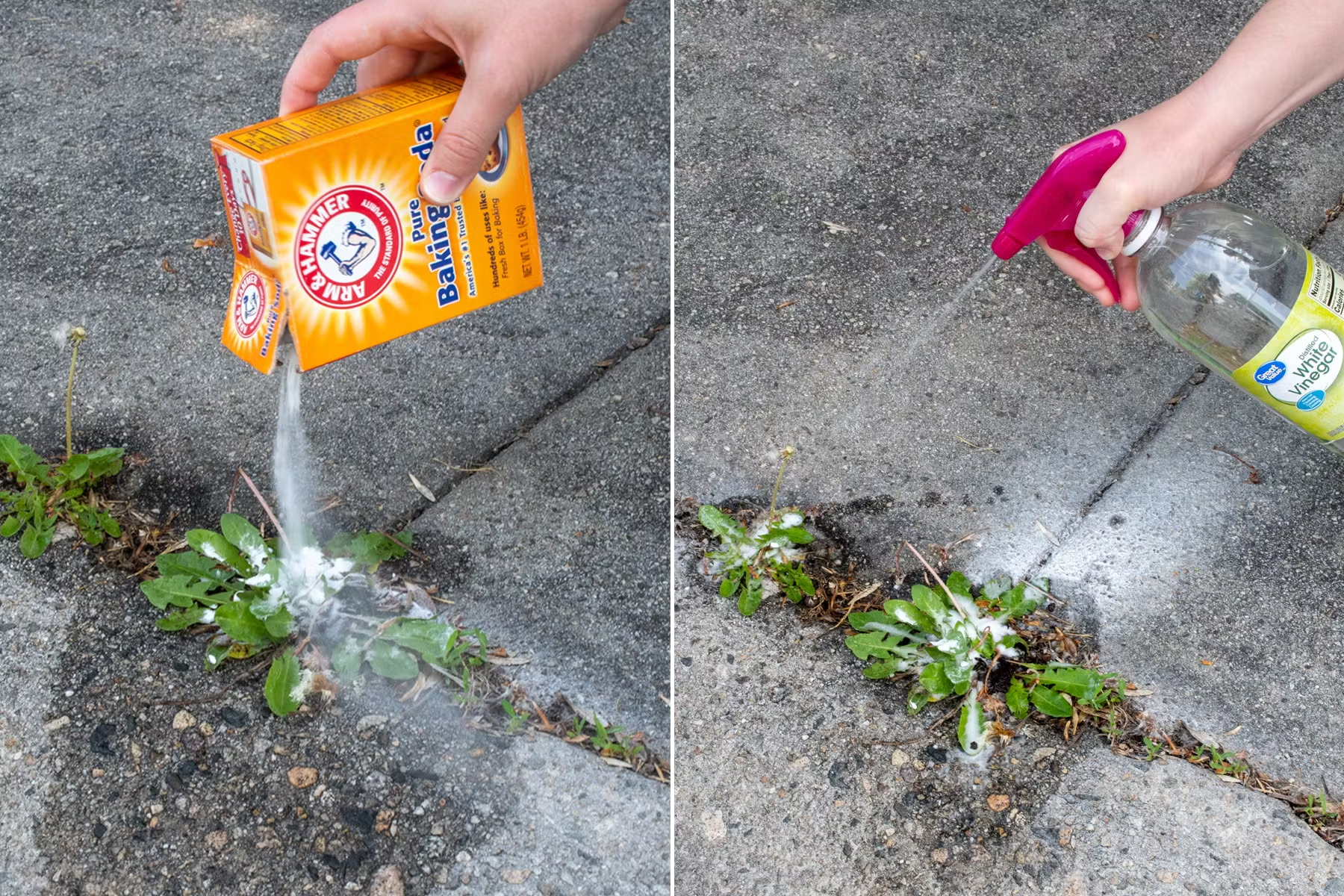
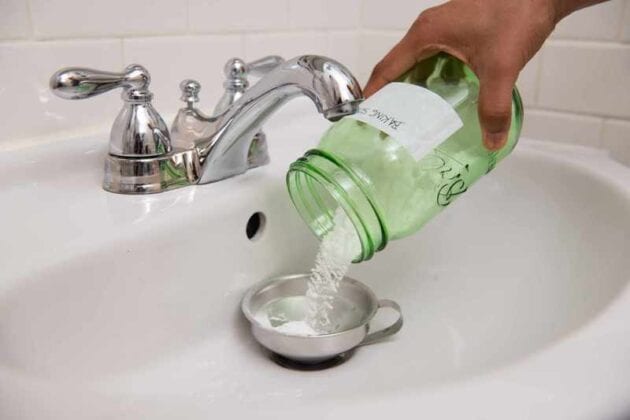
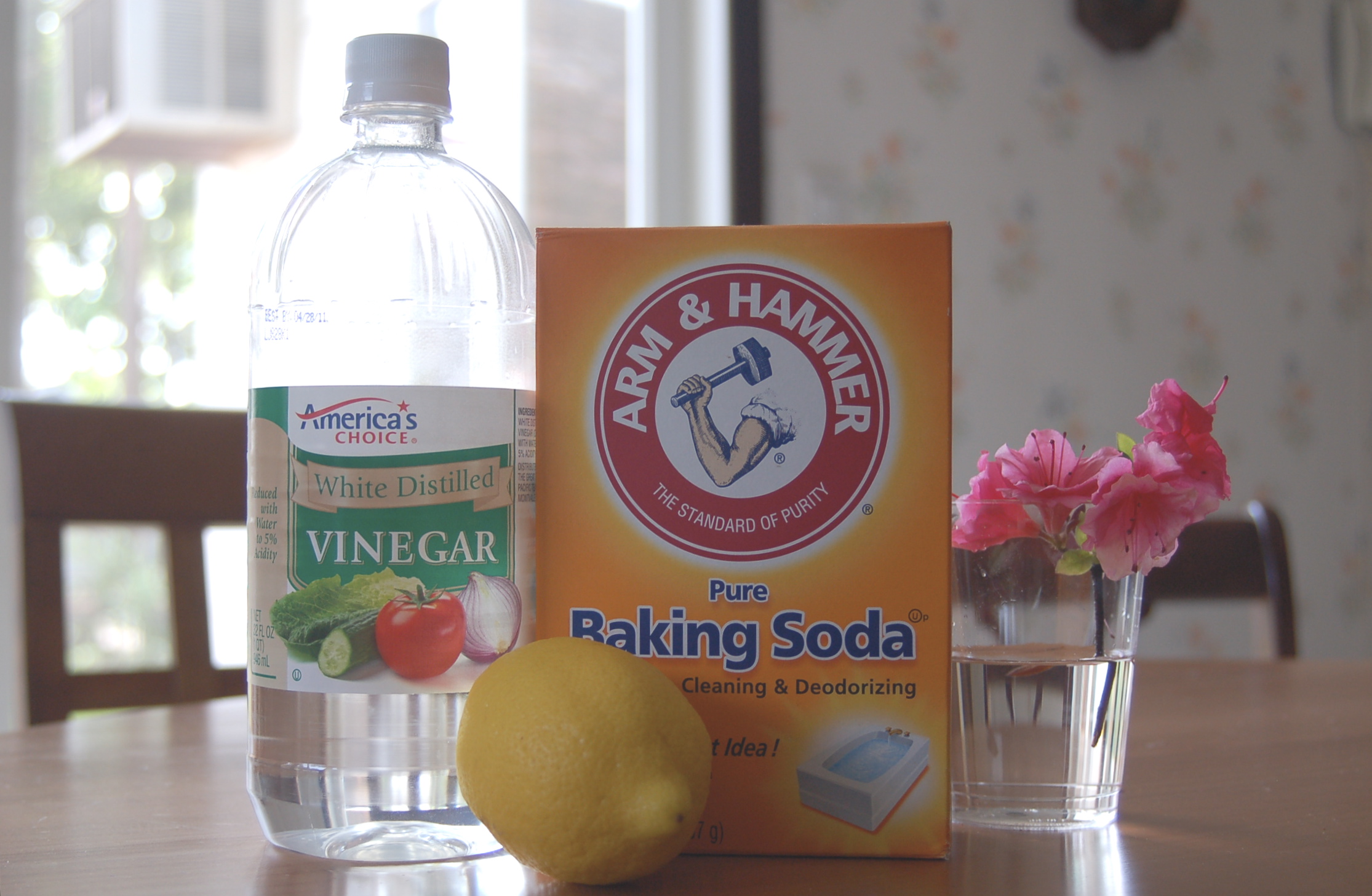
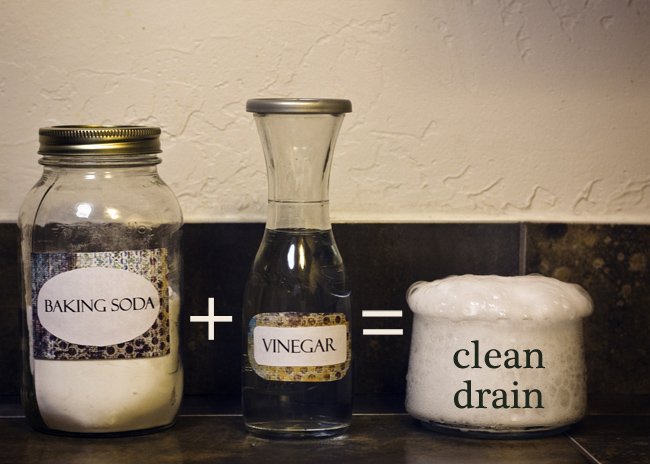
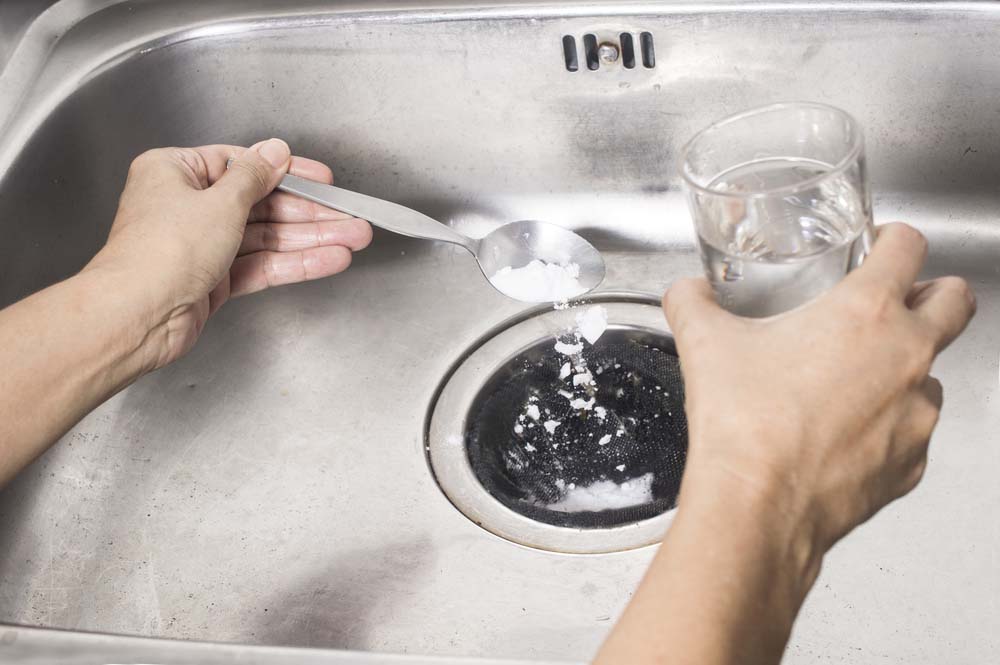

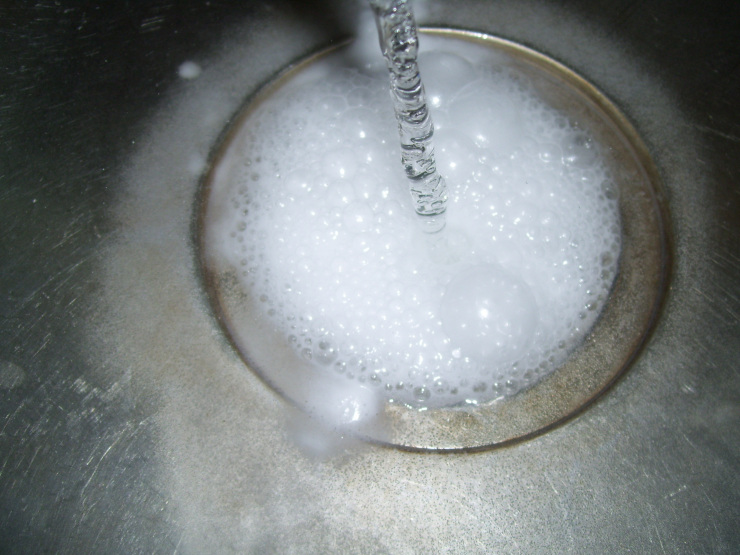
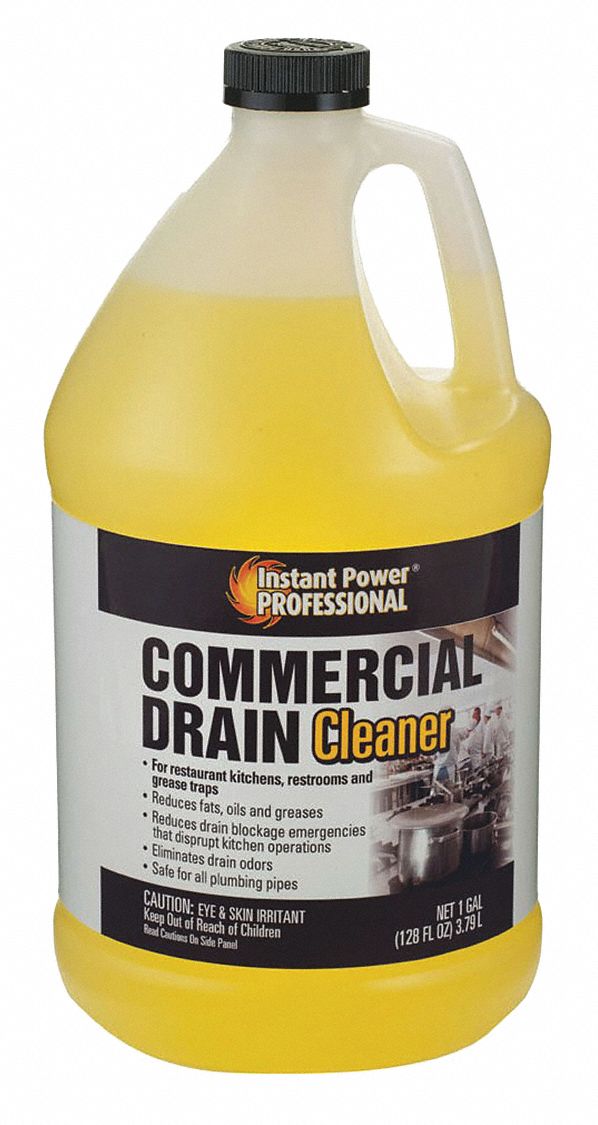

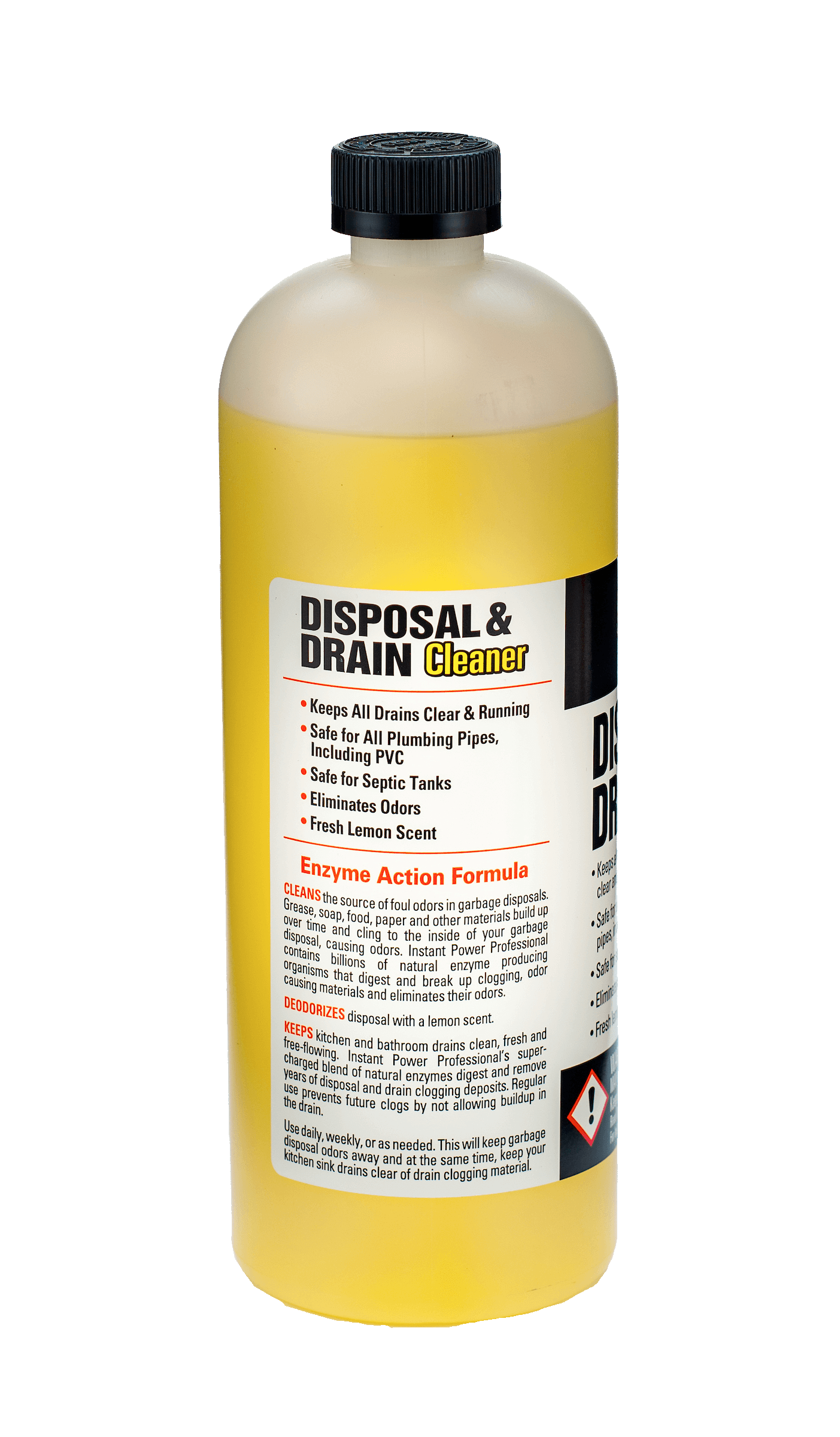
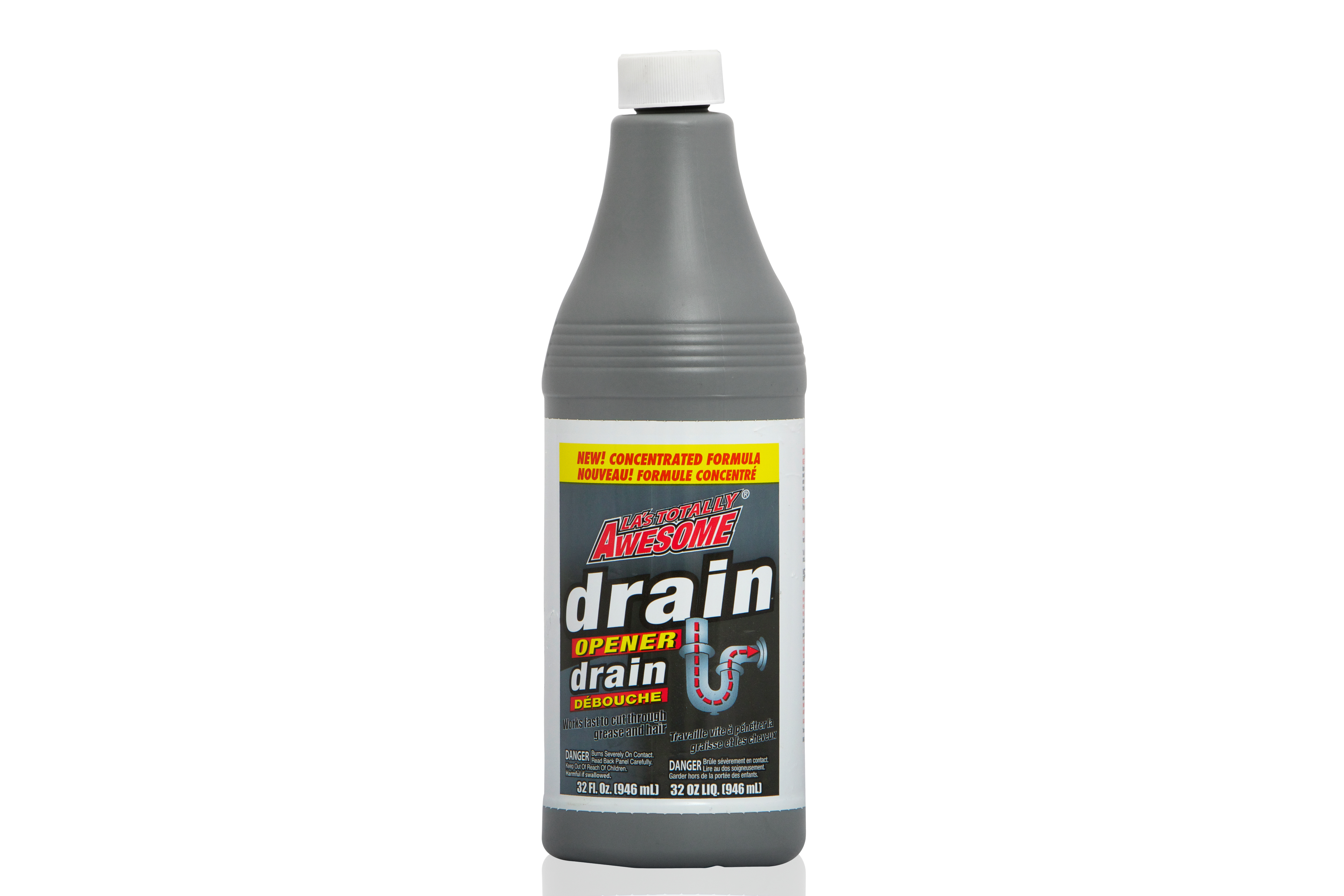













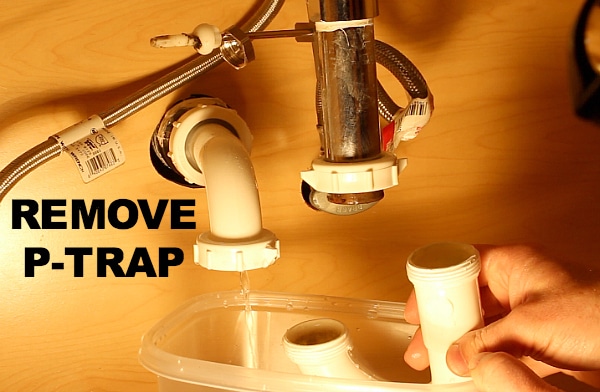

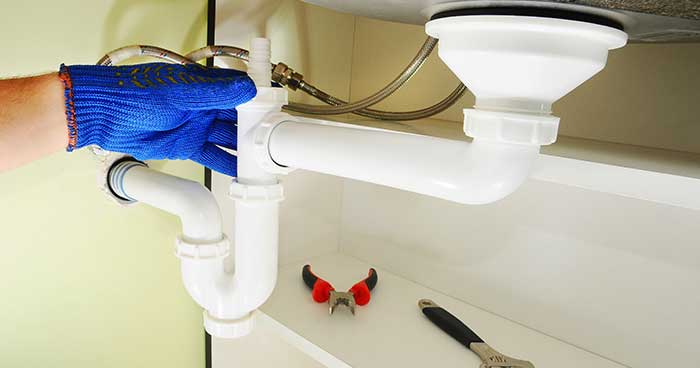


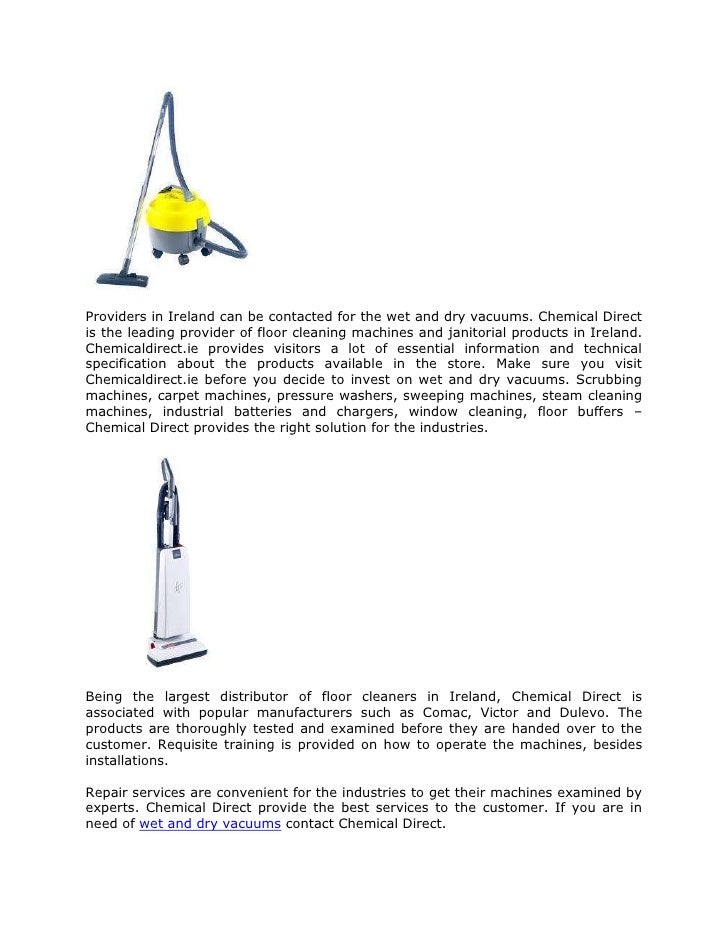



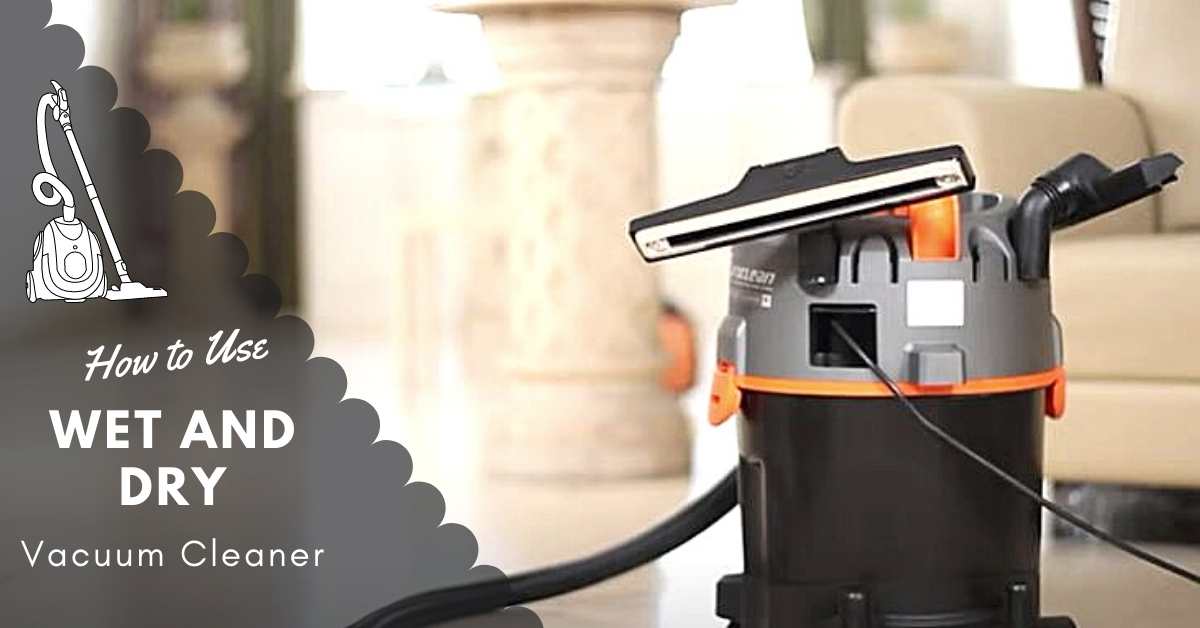




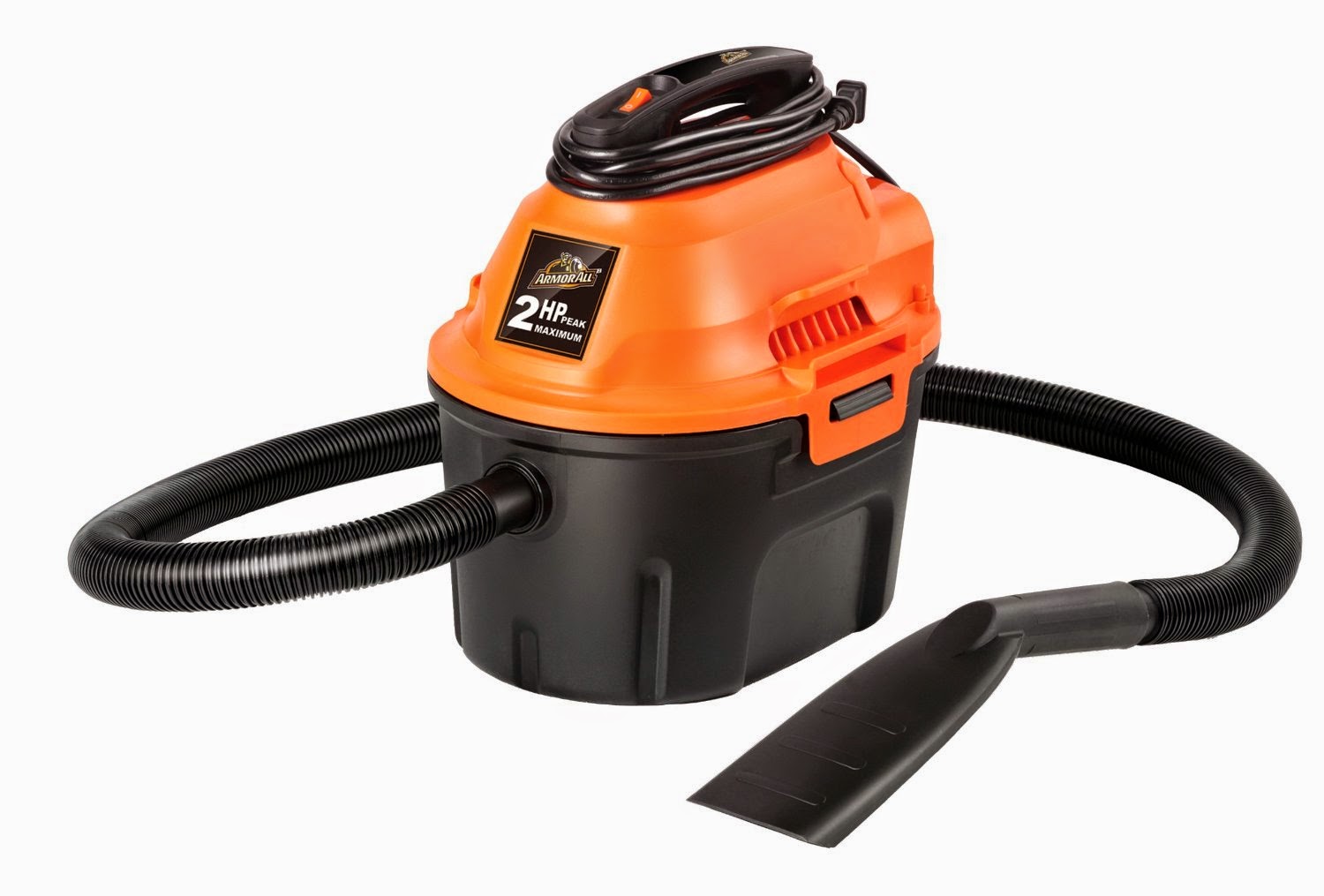
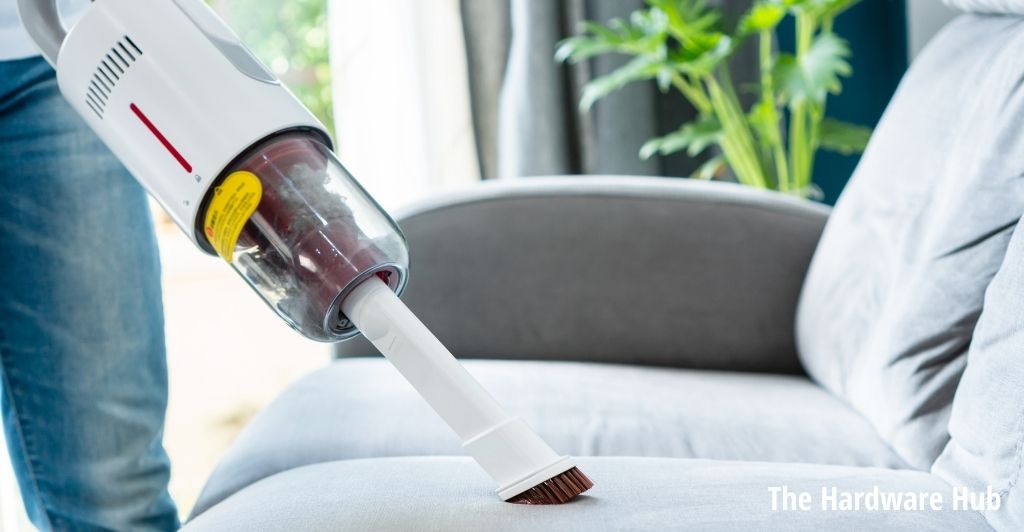
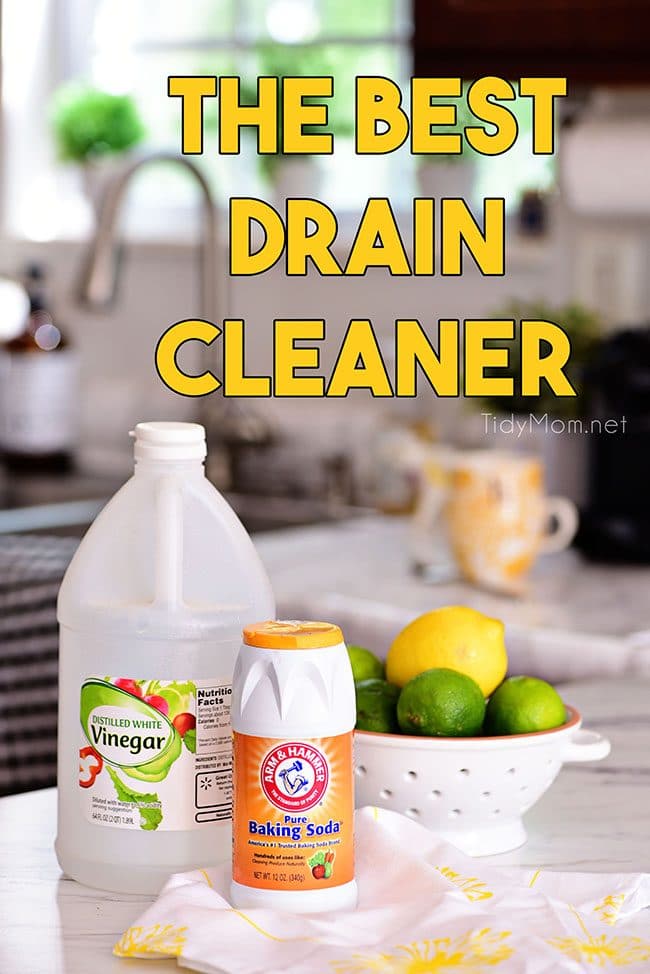


:max_bytes(150000):strip_icc()/homemade-drain-cleaner-2718784_01_1041-09a5264ba2a34698816e62a385f0895f.jpg)
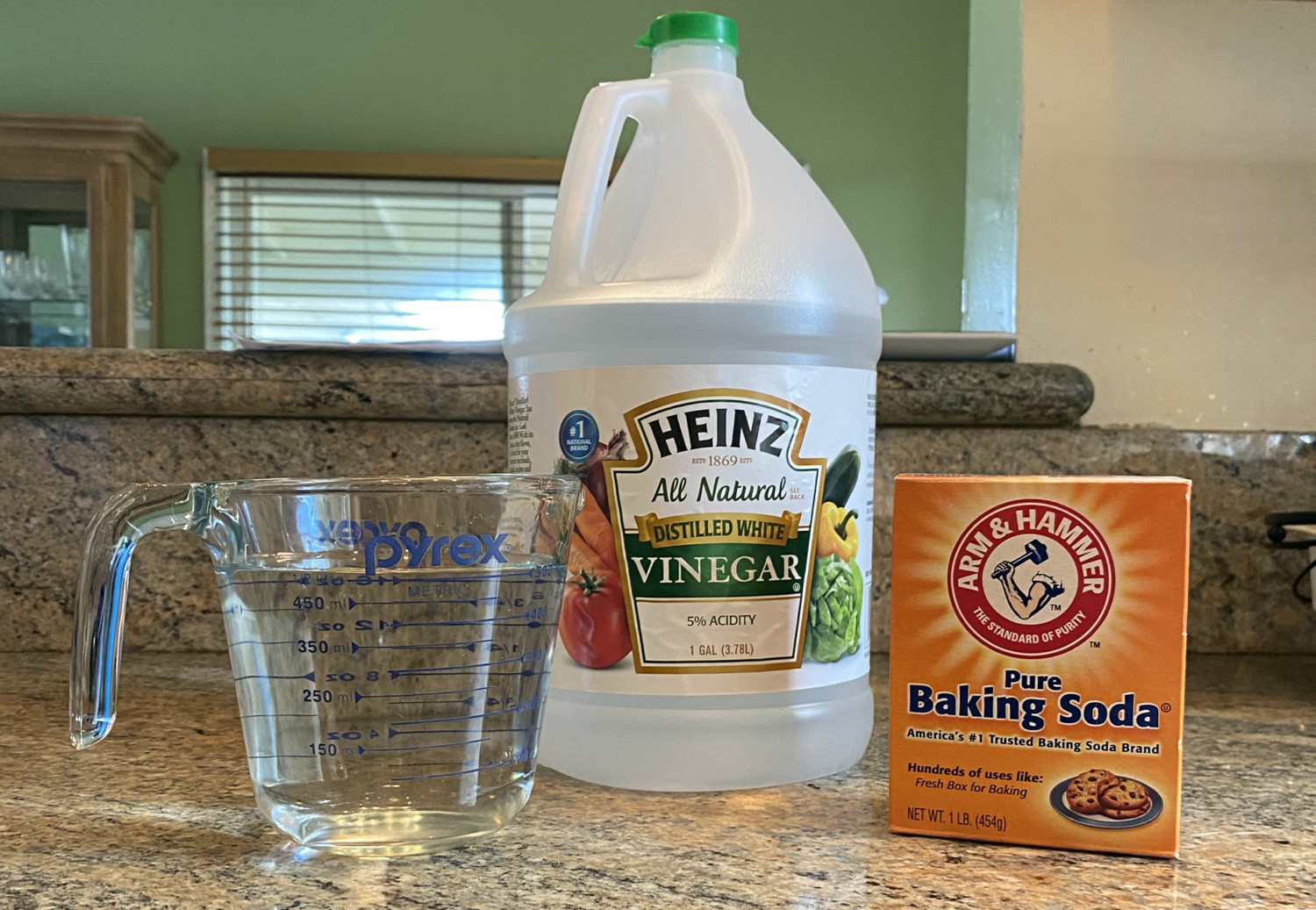
:max_bytes(150000):strip_icc()/freshen-and-unclog-drain-with-baking-soda-1900466-27-c7fa5715d39b42378be9d932cd91a4cf.jpg)

:max_bytes(150000):strip_icc()/freshen-and-unclog-drain-with-baking-soda-1900466-15-166f69a0d4ee4cad85a0f221bf3fdcd0.jpg)
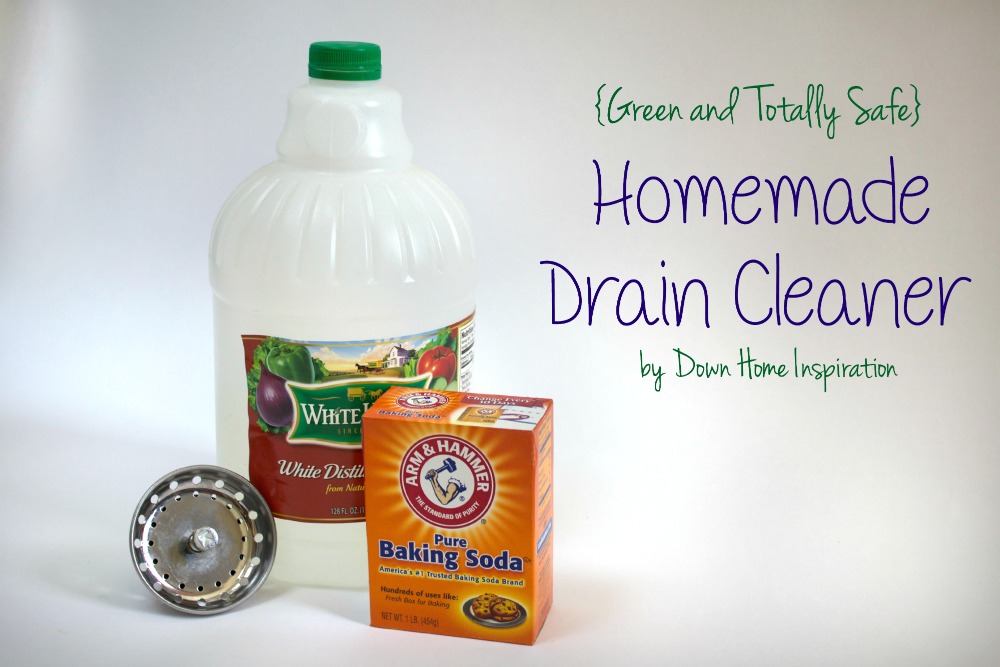
/freshen-and-unclog-drain-with-baking-soda-1900466-18-c22935c11d454612a116f10824a0d82f.jpg)

:max_bytes(150000):strip_icc()/homemade-drain-cleaner-2718784-10-d0d43469f00a45f6890b0a959d28cc8e.jpg)

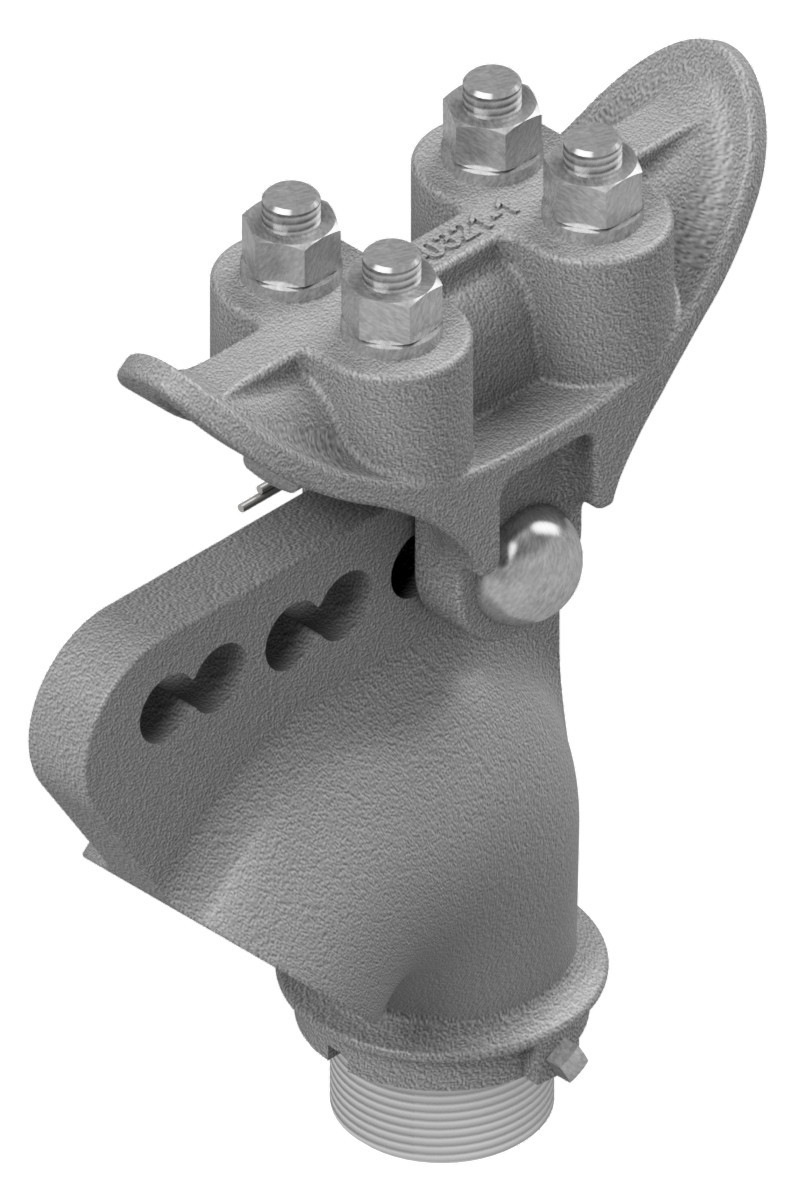
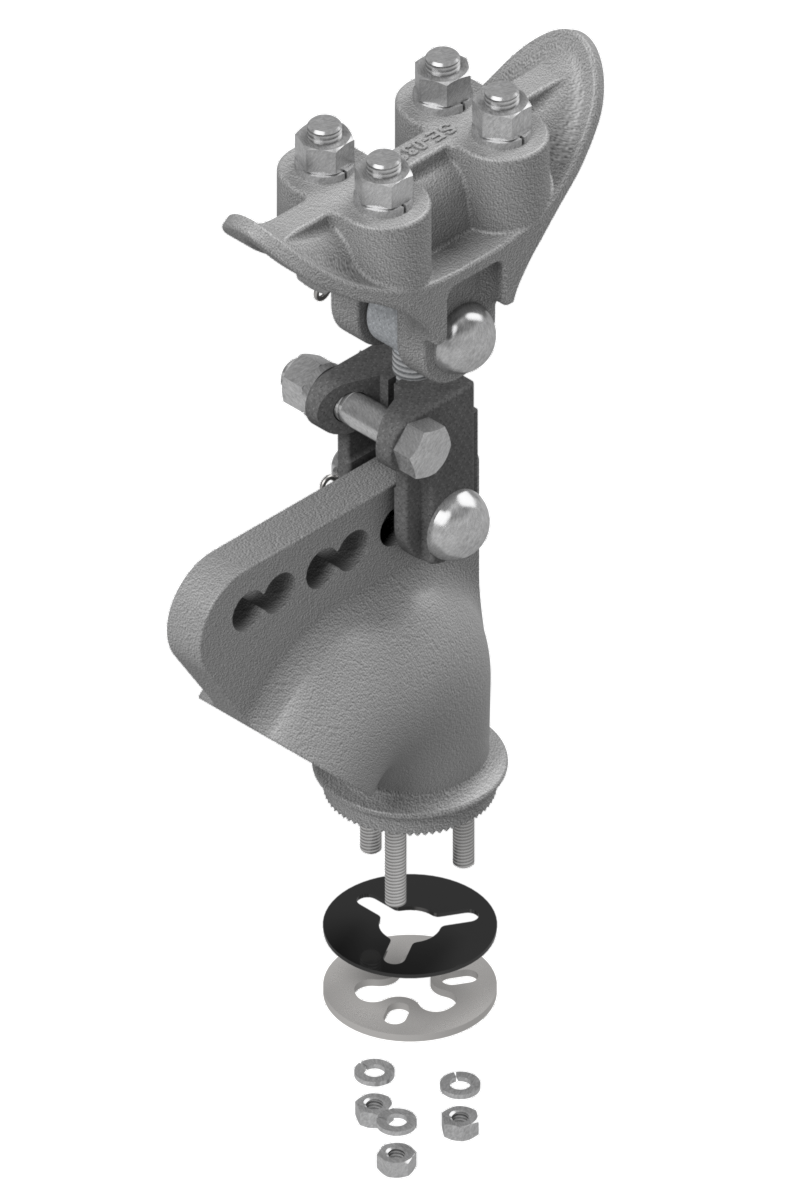


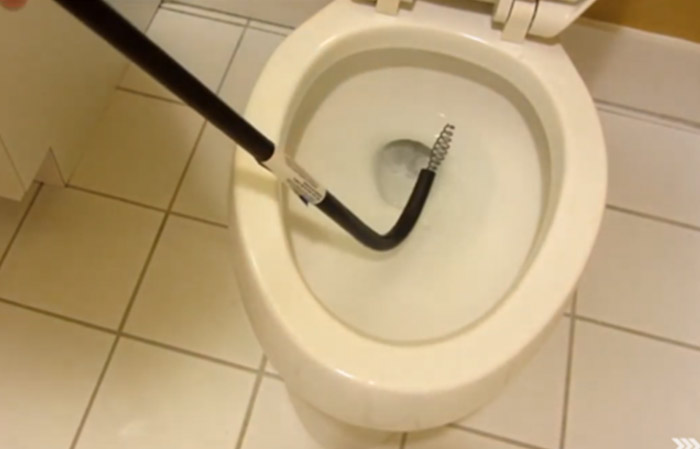

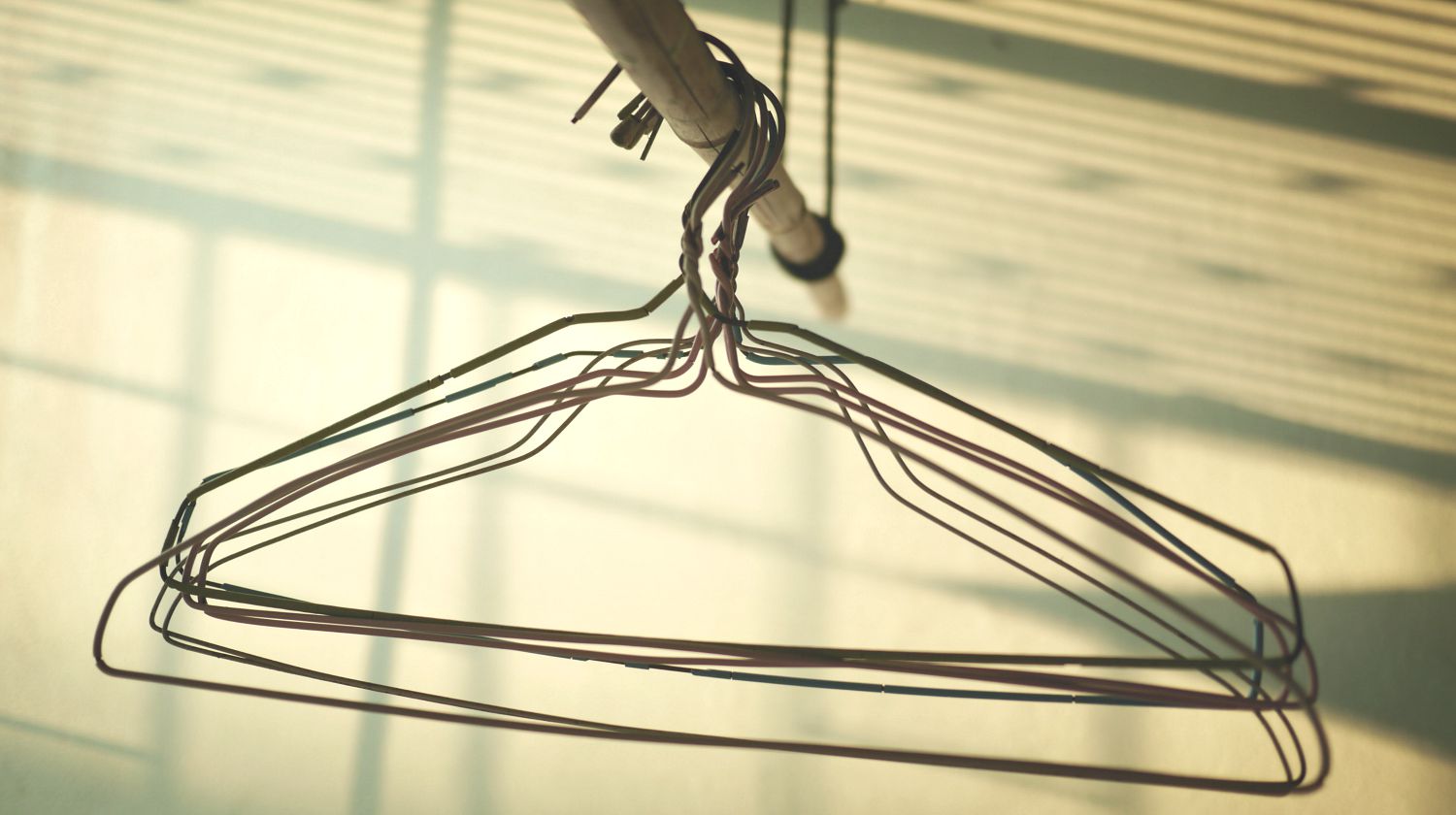








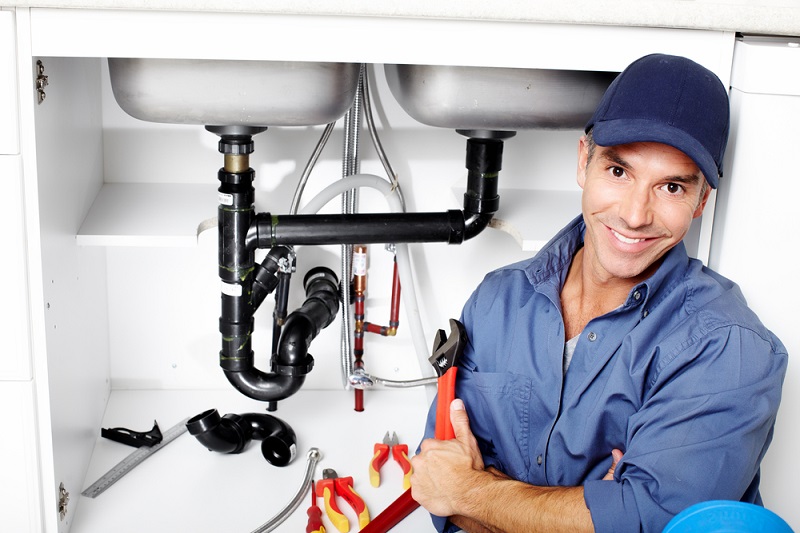


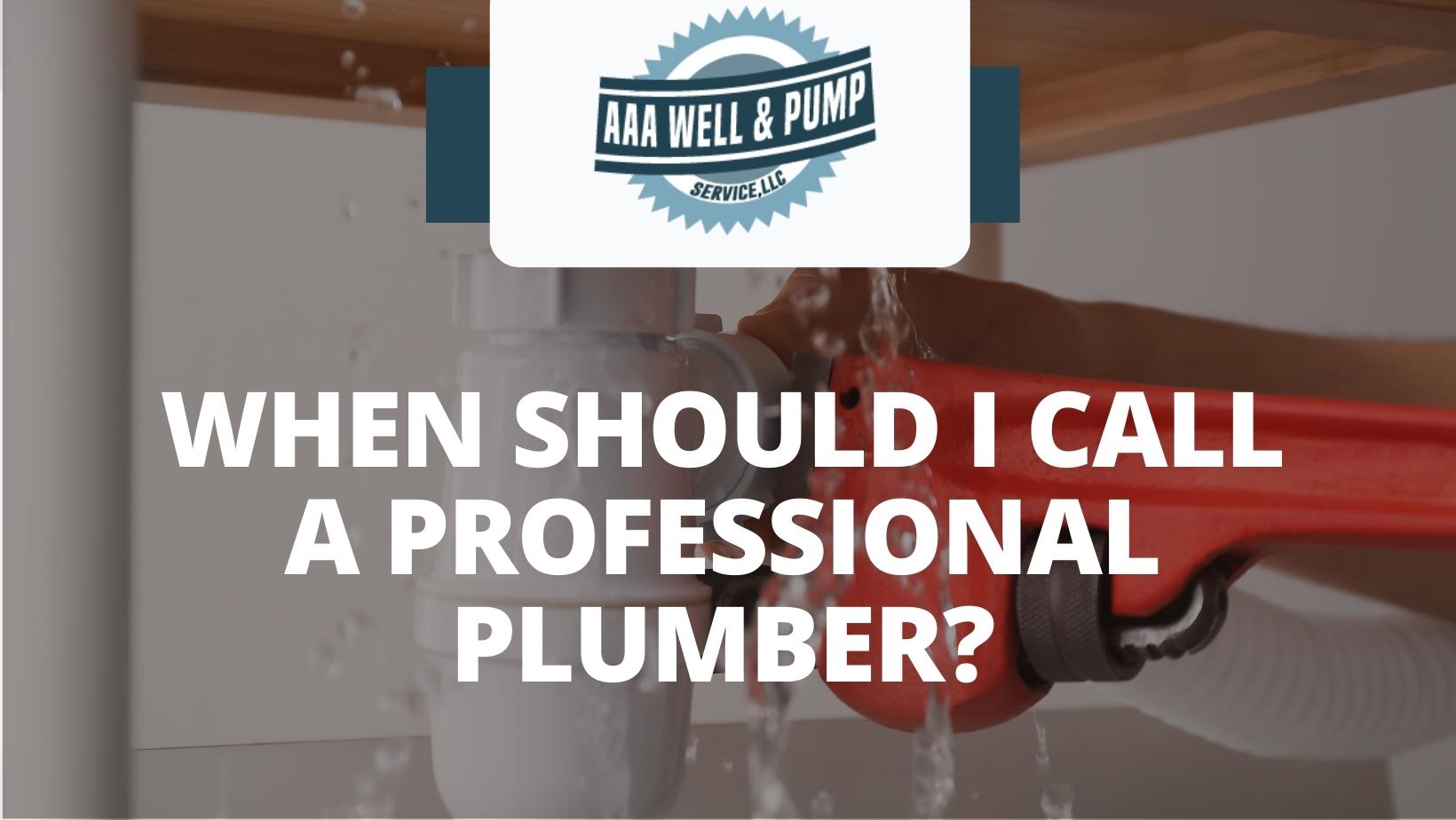
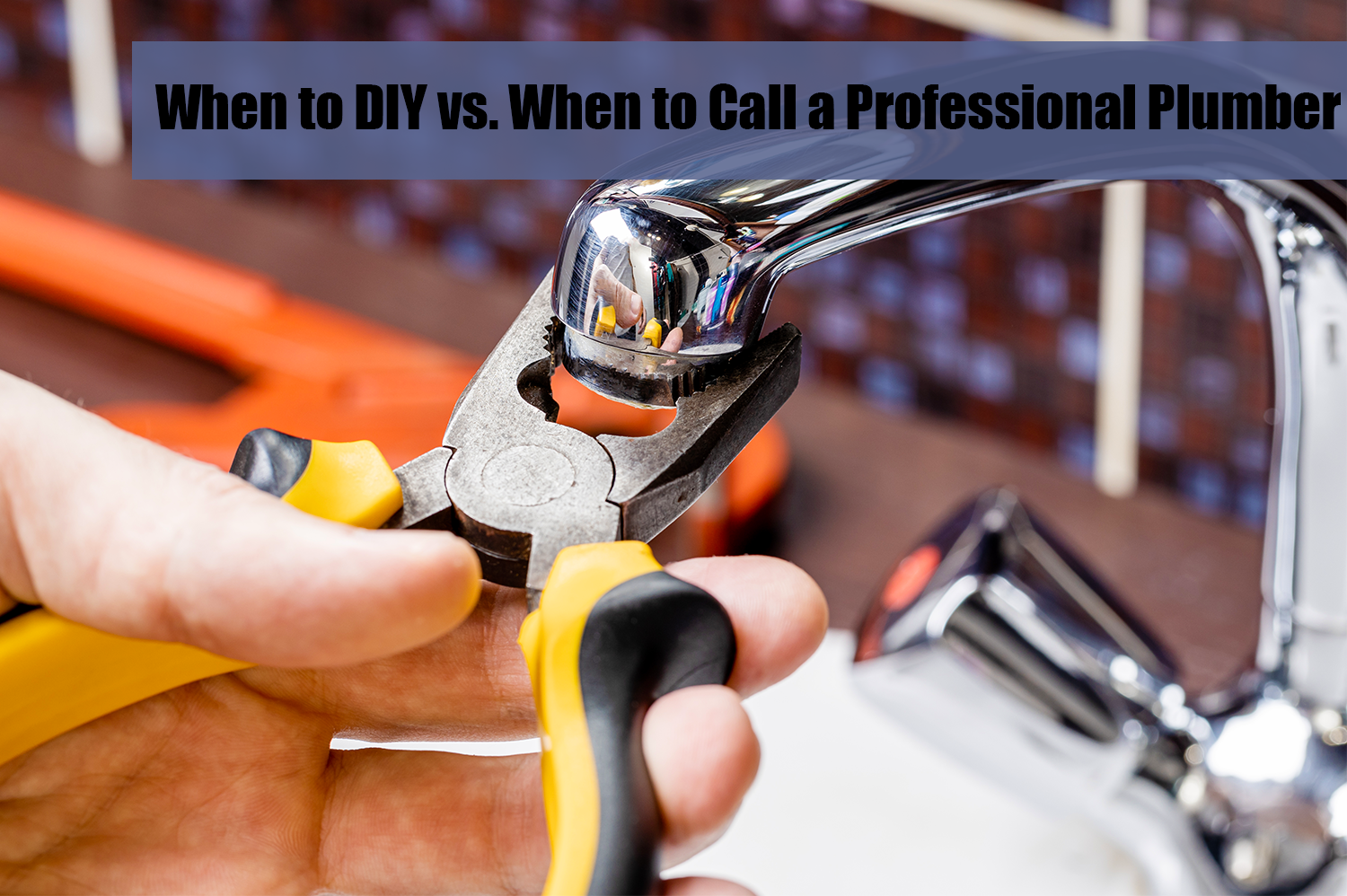





:strip_icc()/blakelytwotoned-1da840ec2d6b4d09b662bbb5c2d26a68.jpeg)




